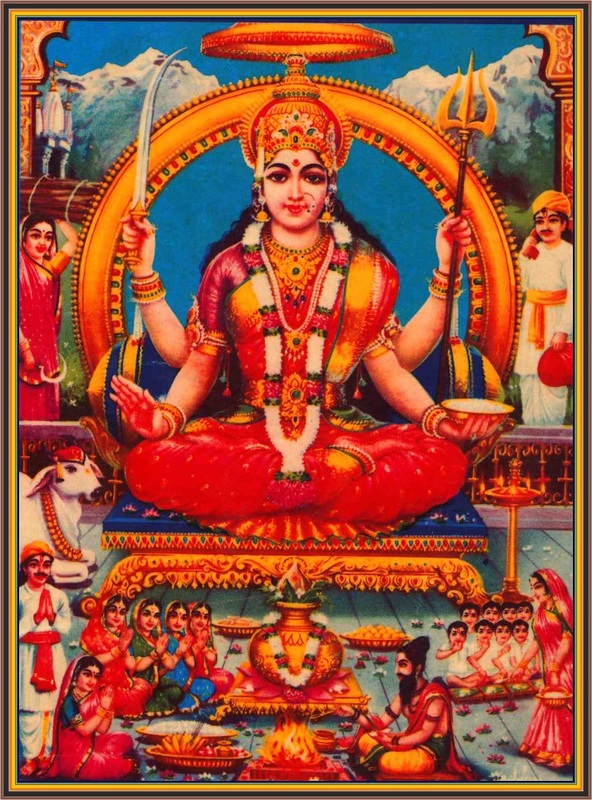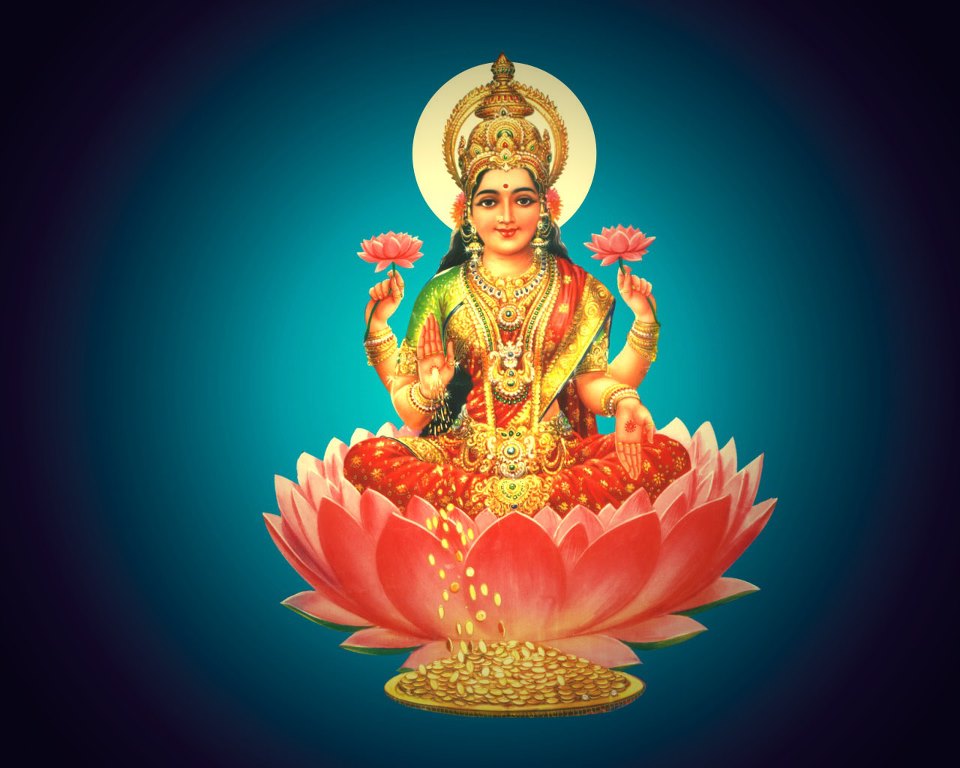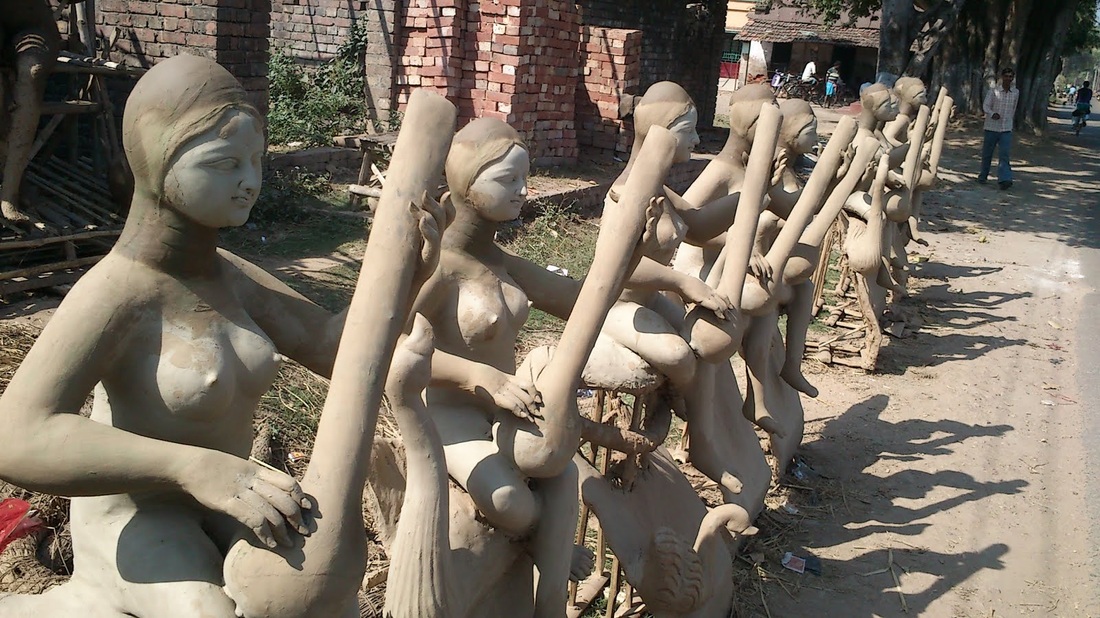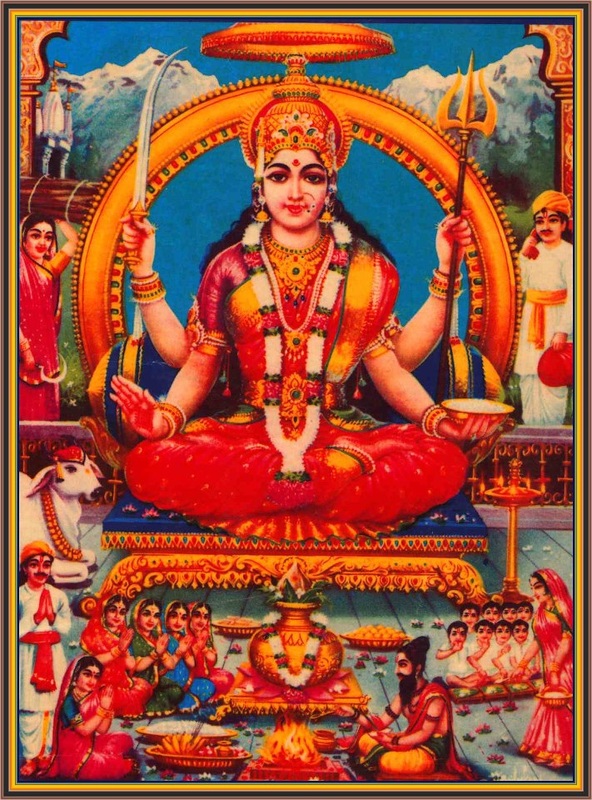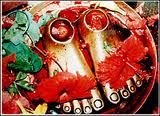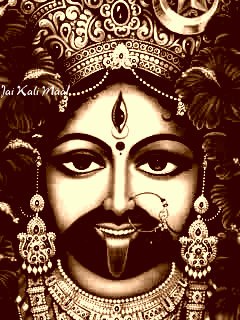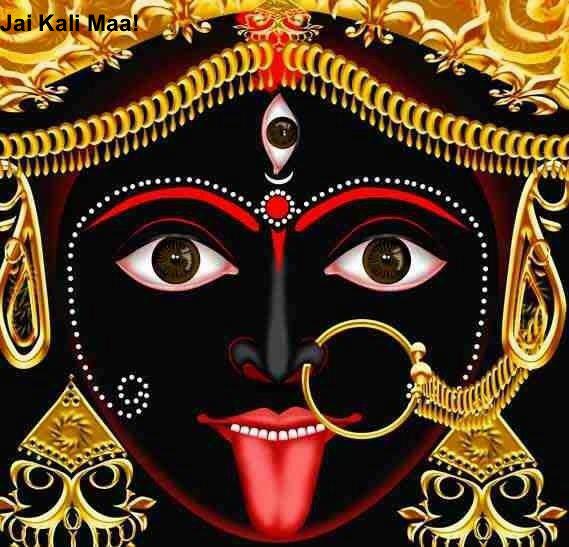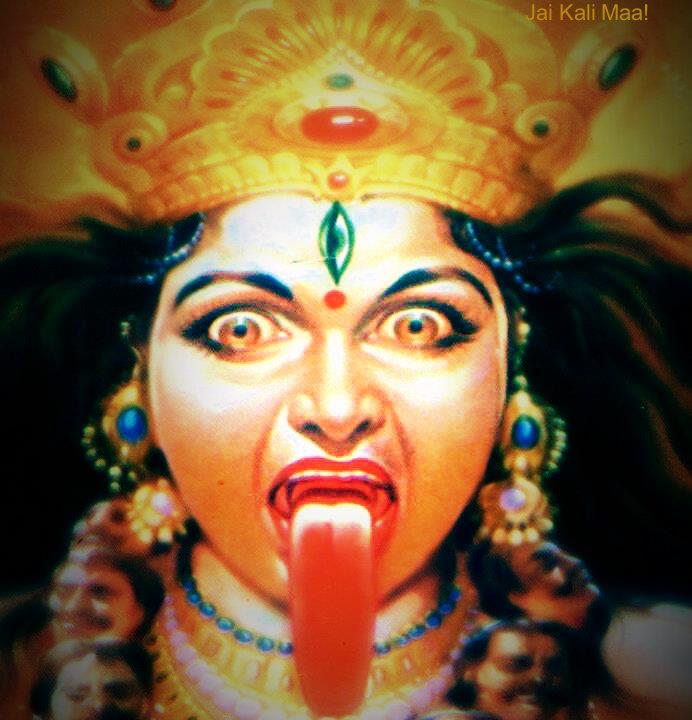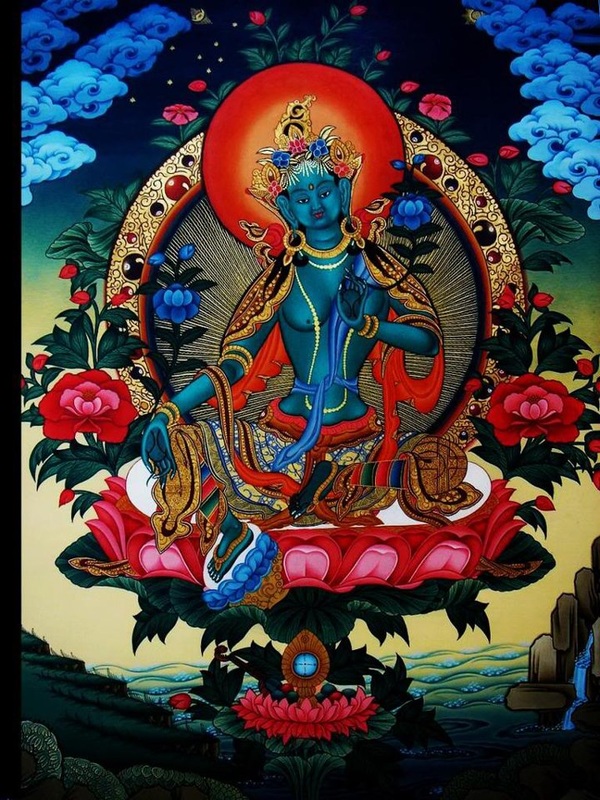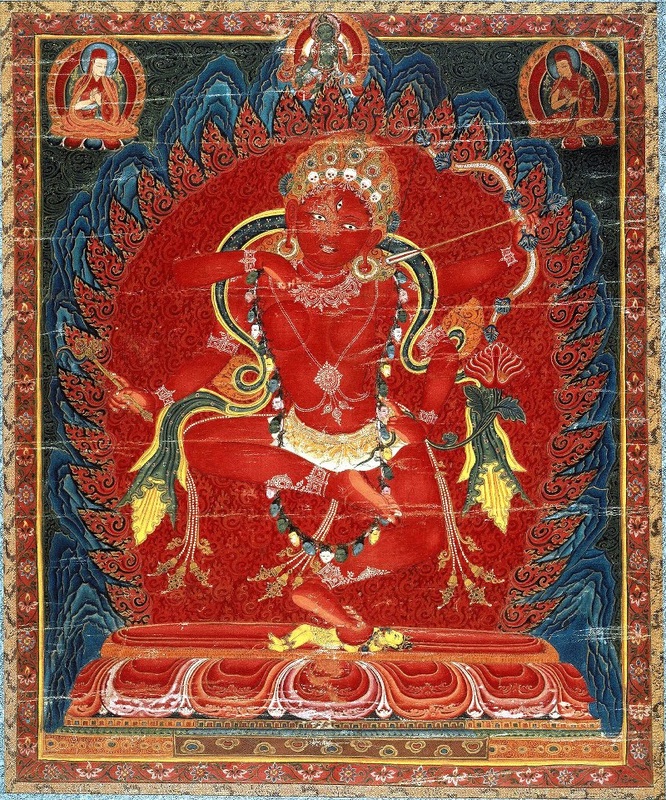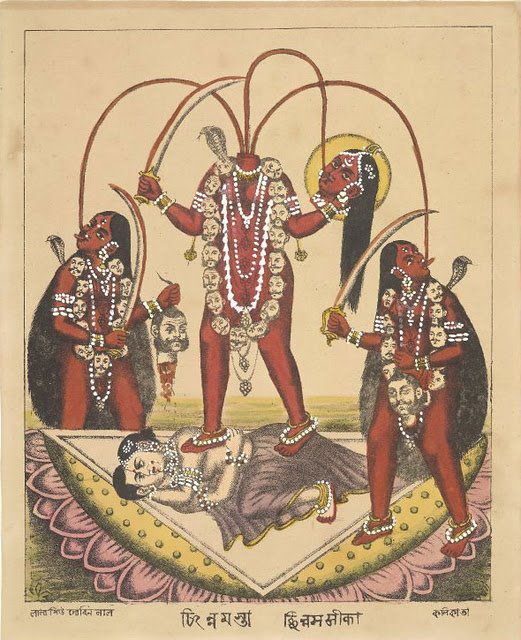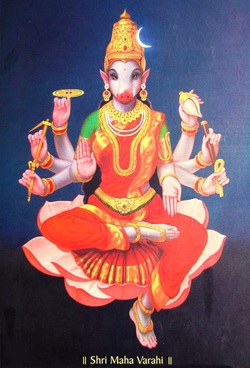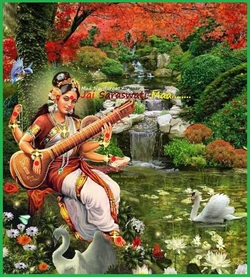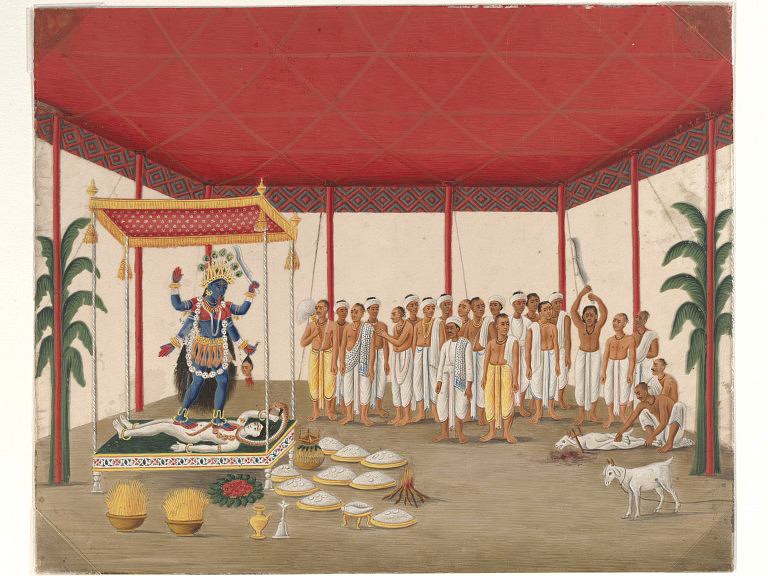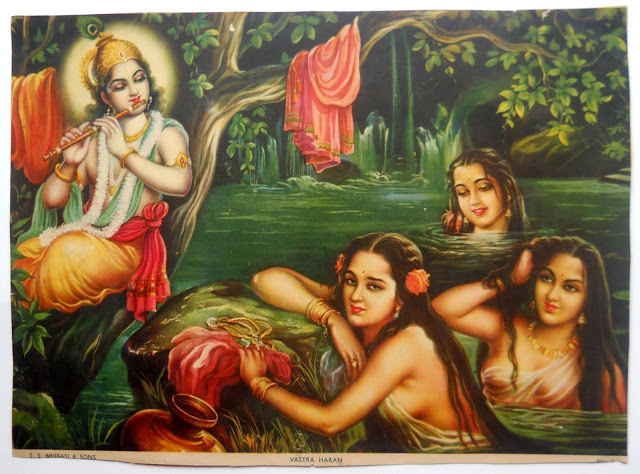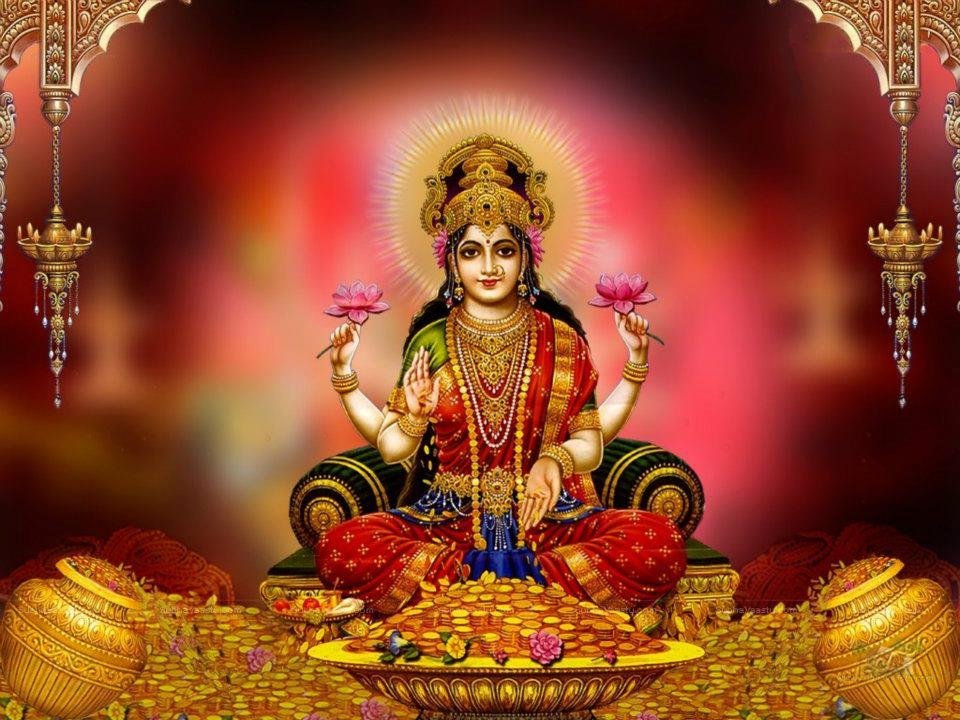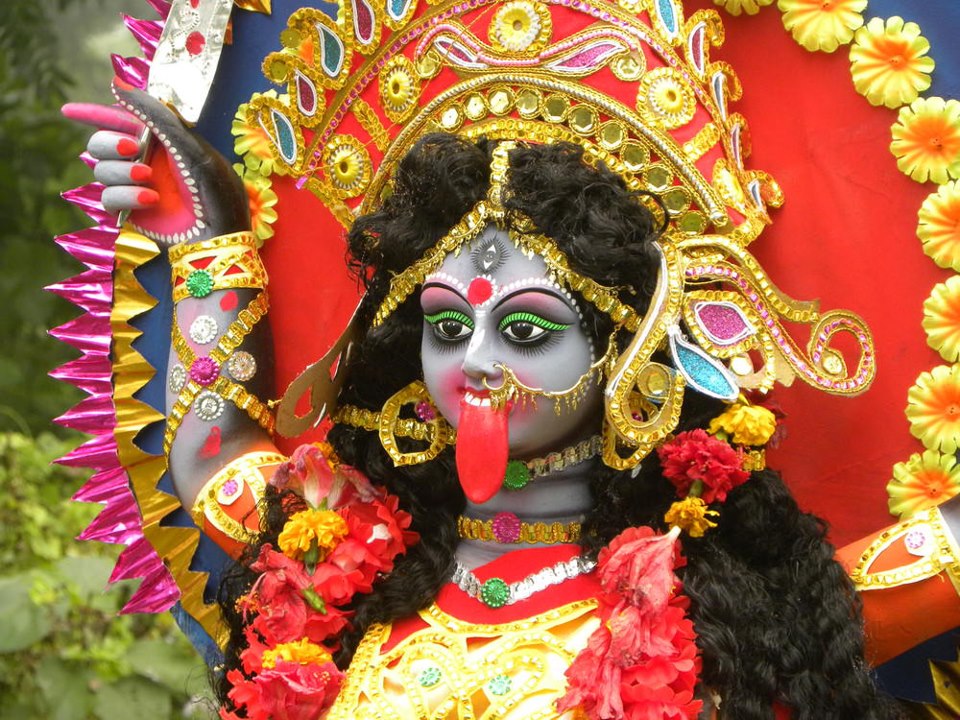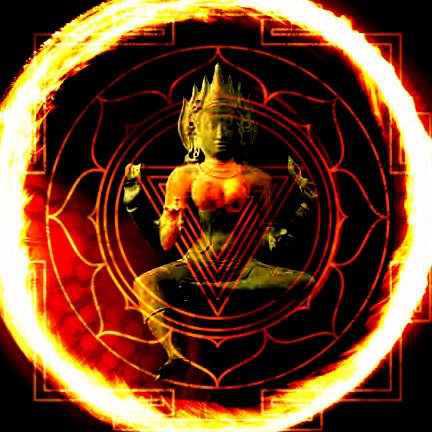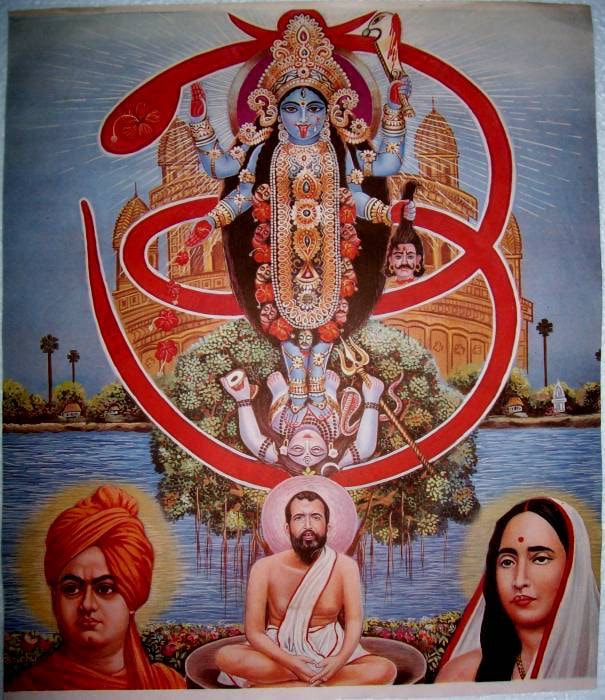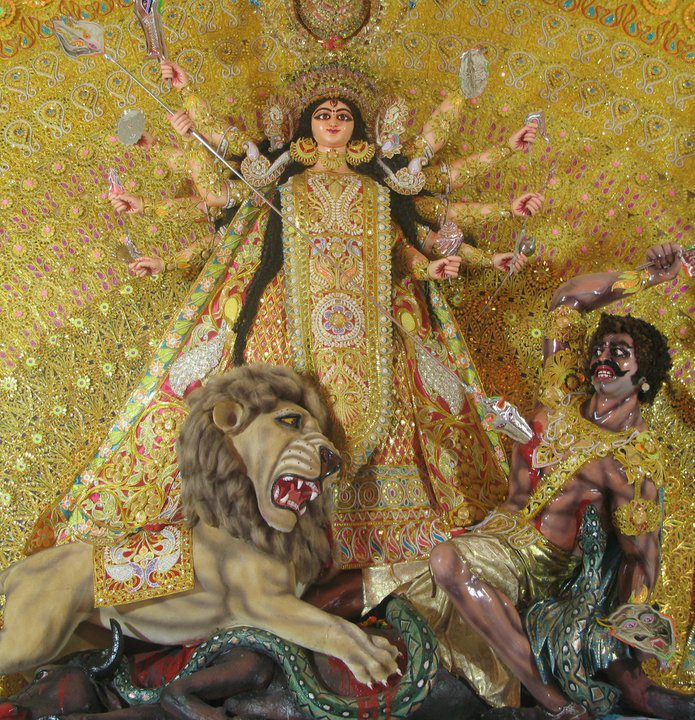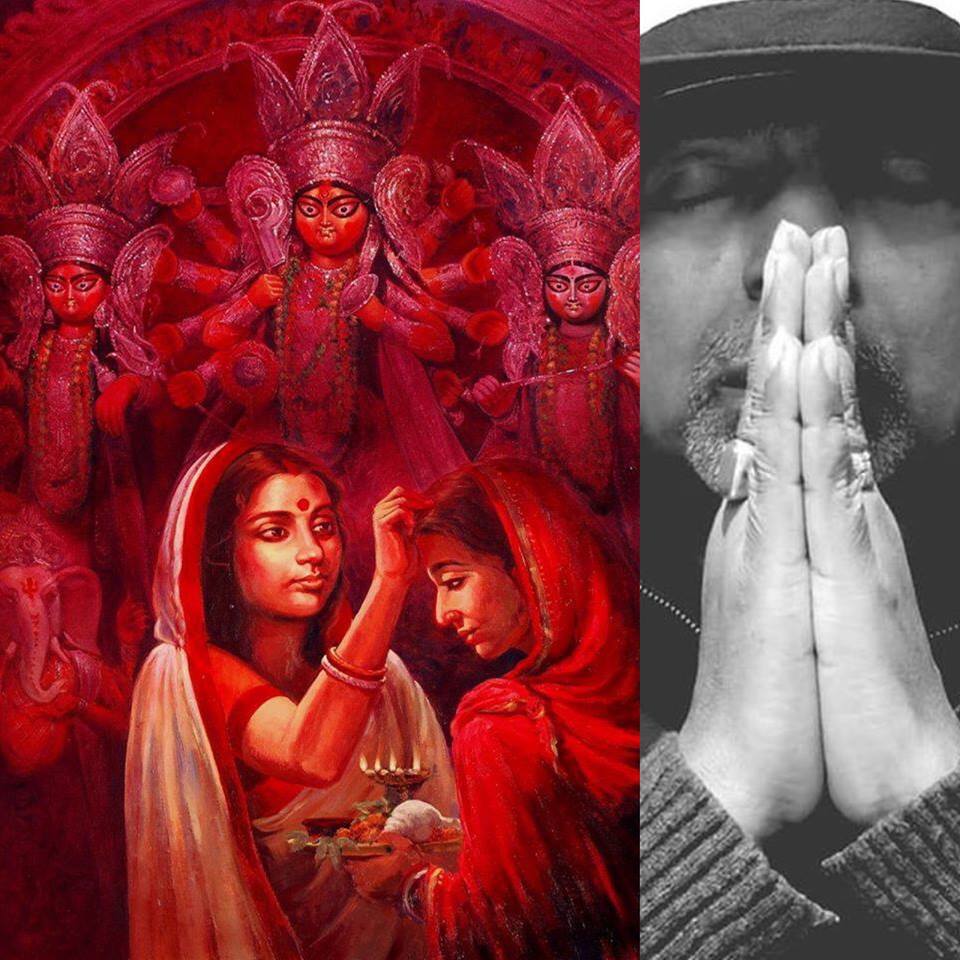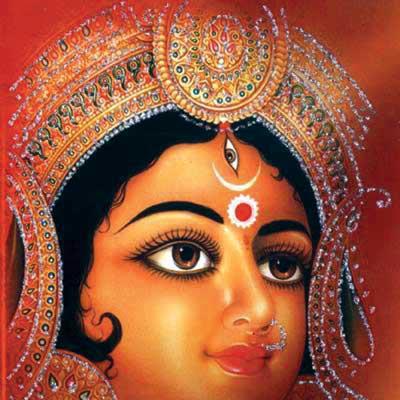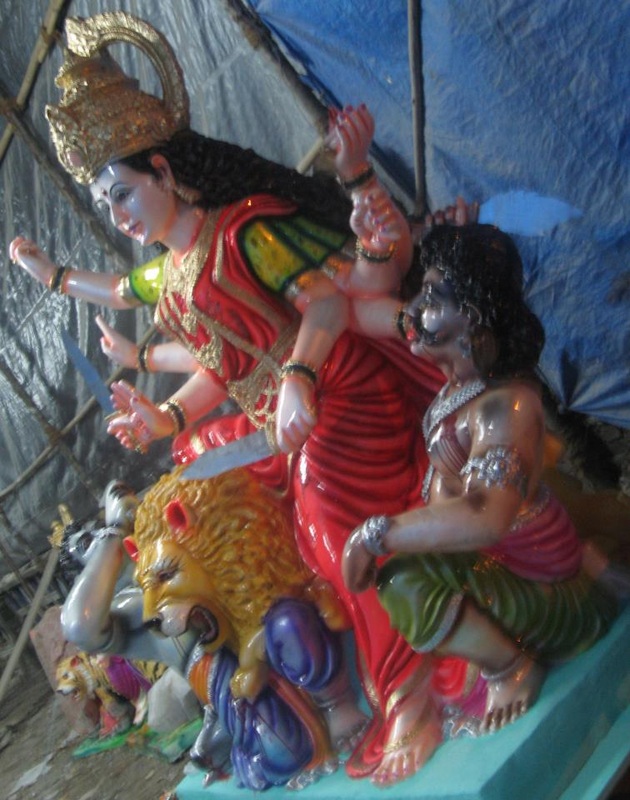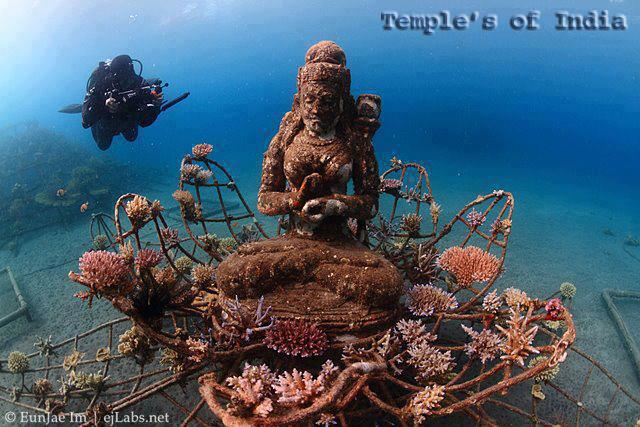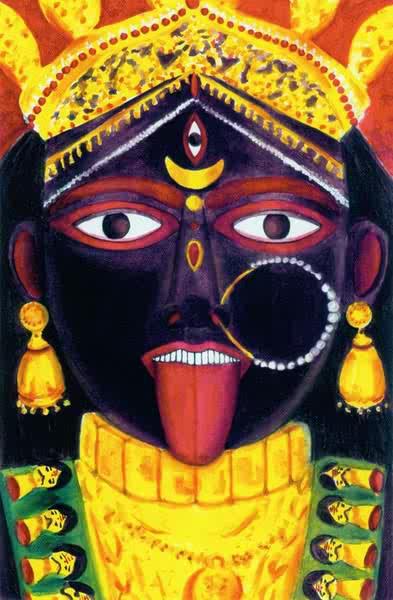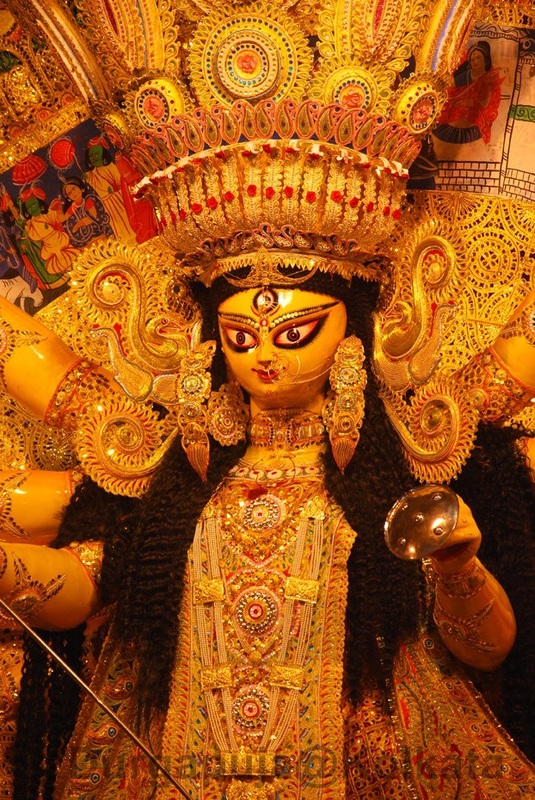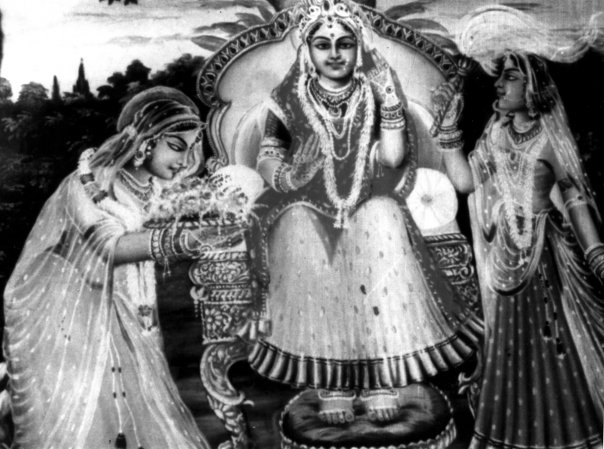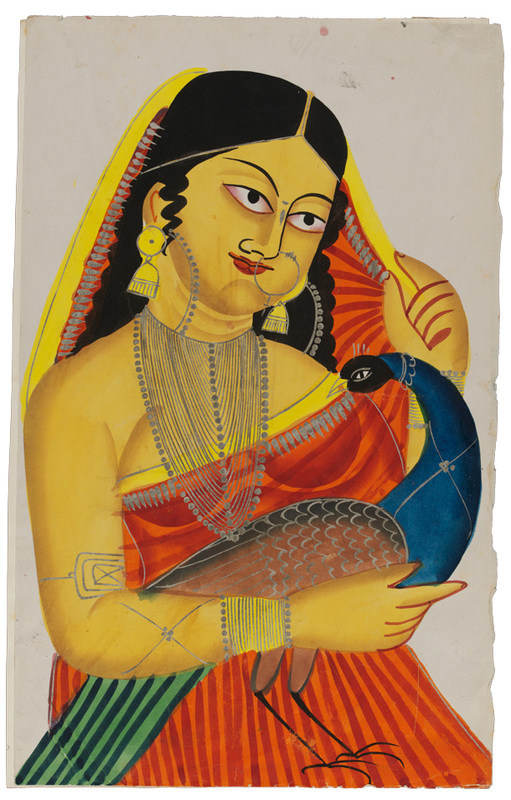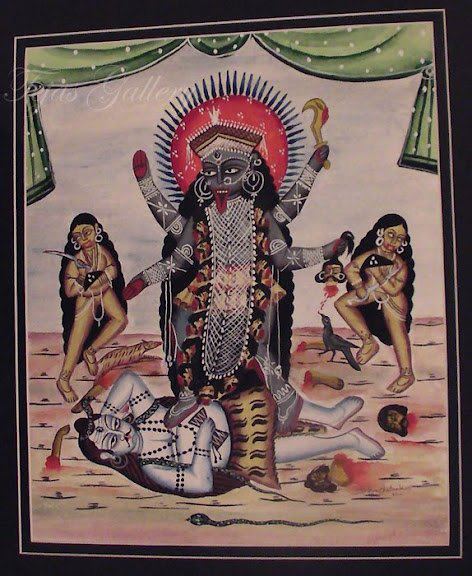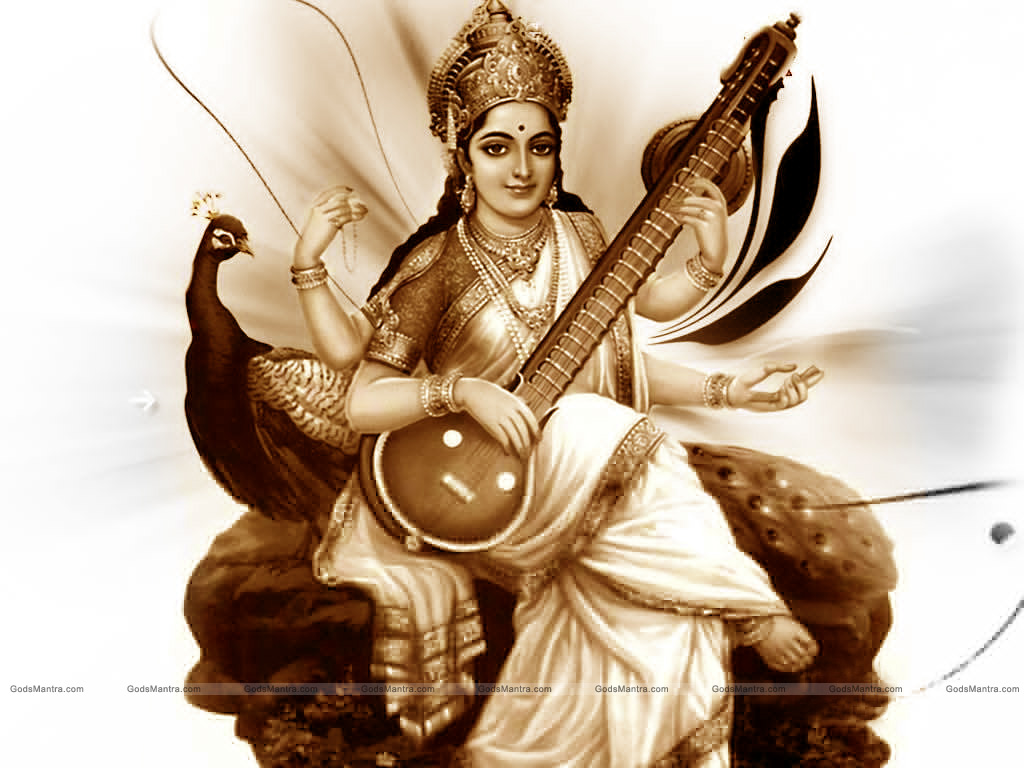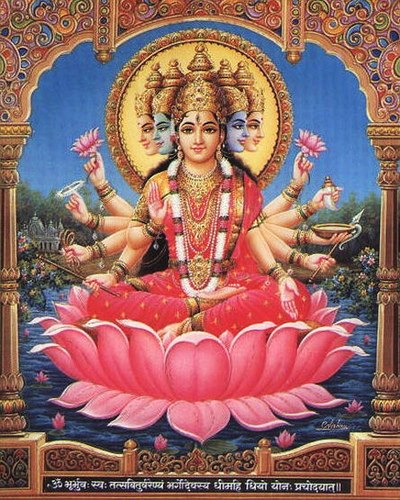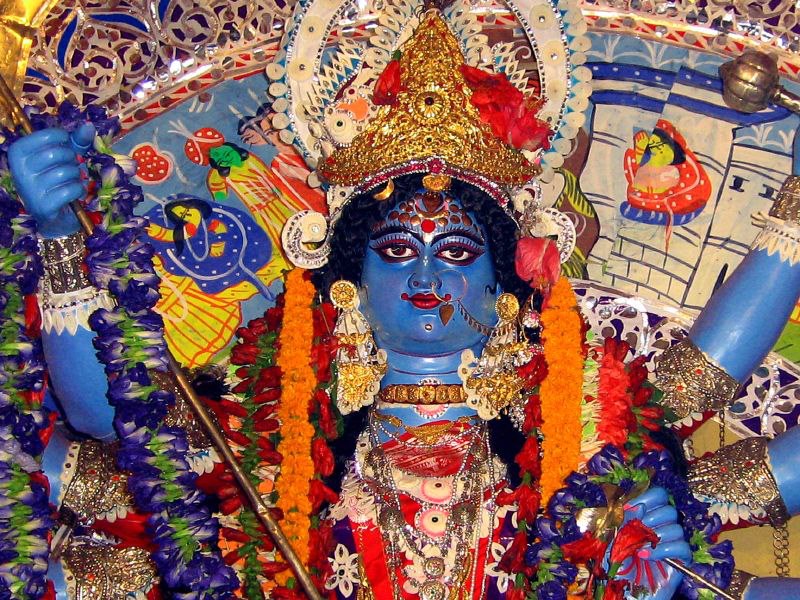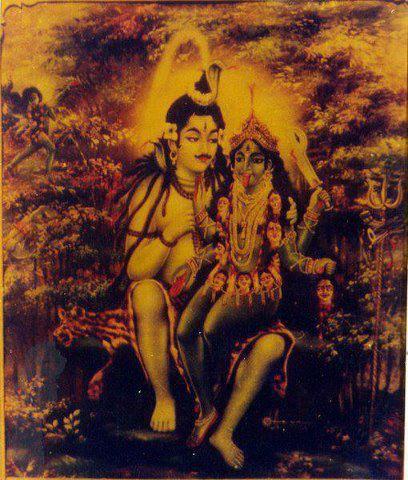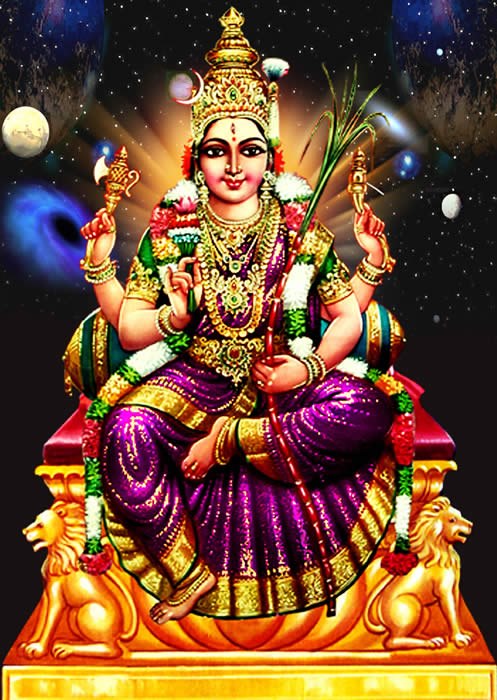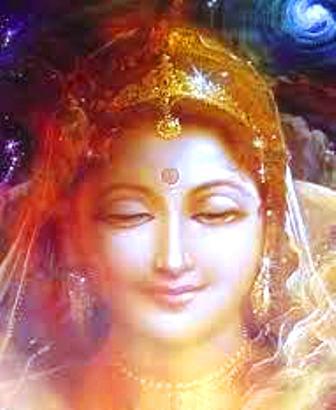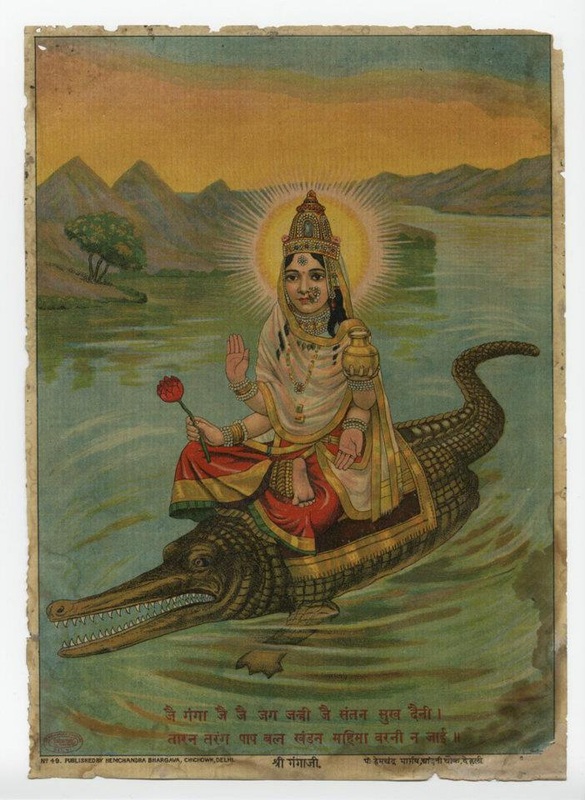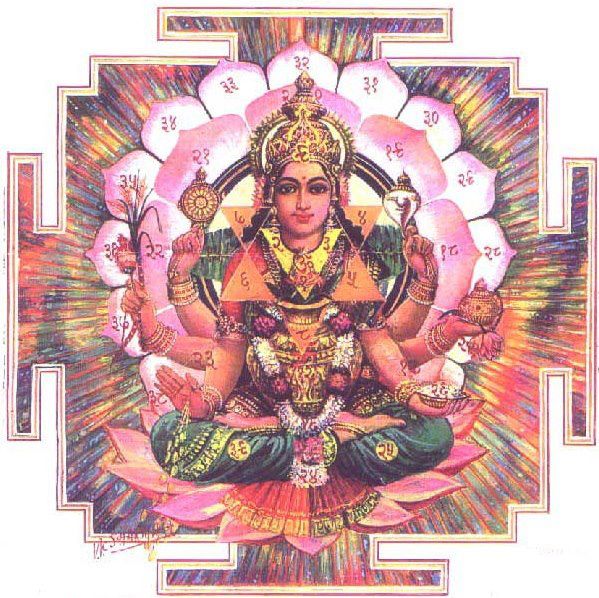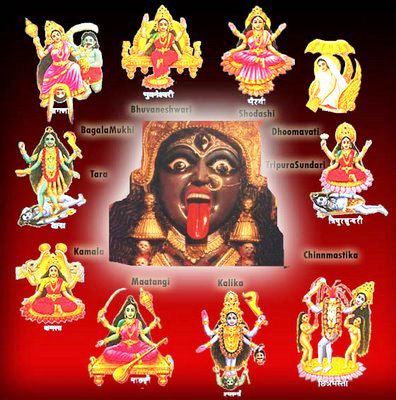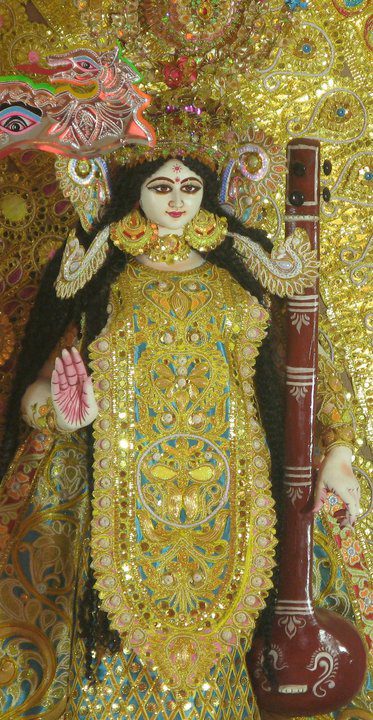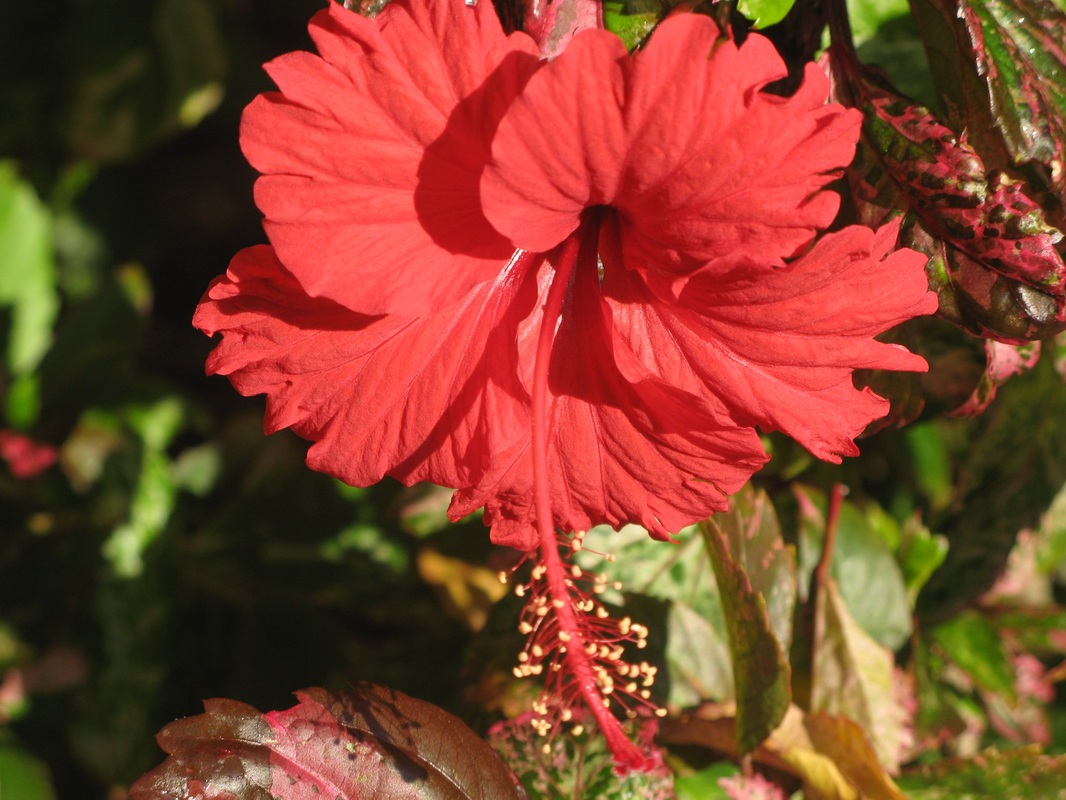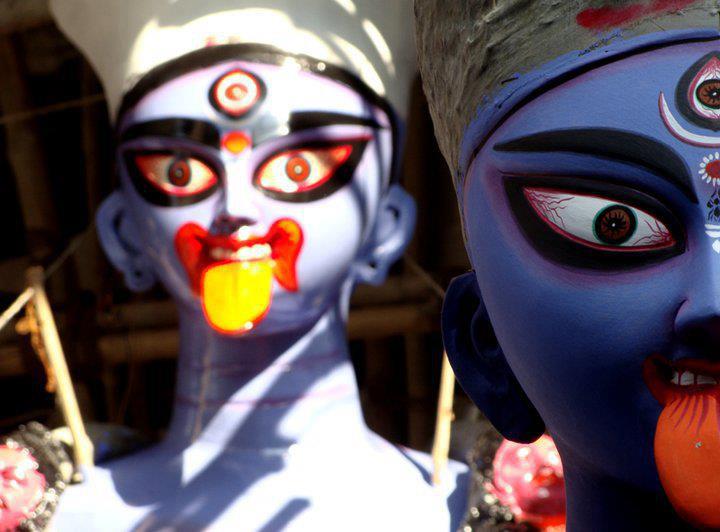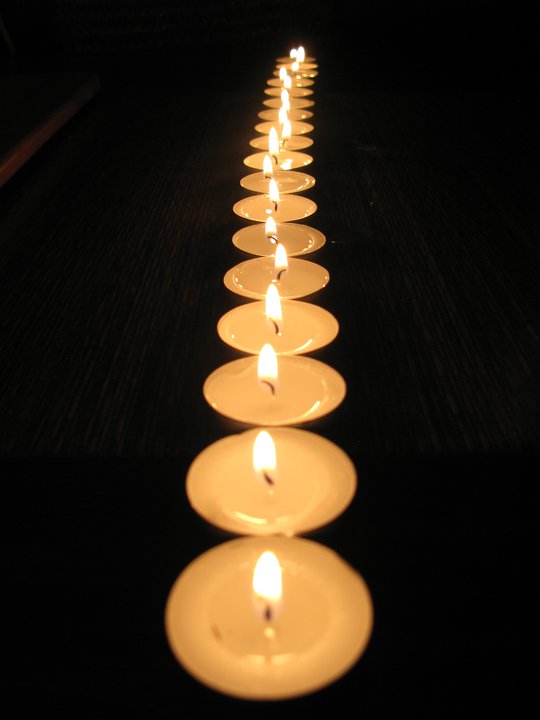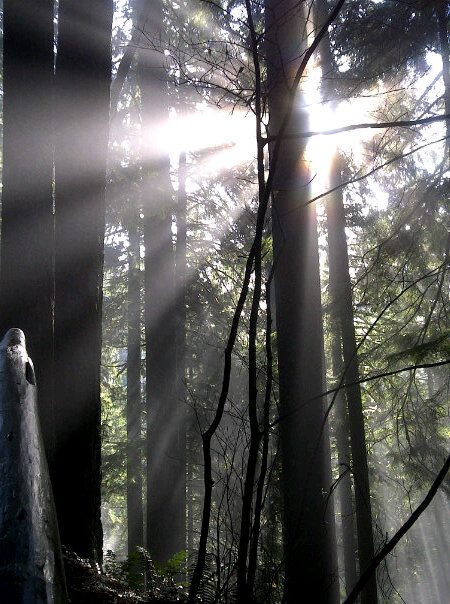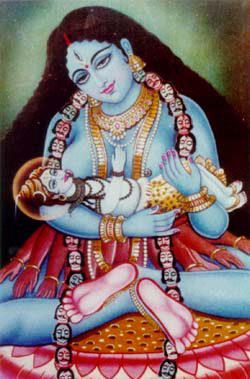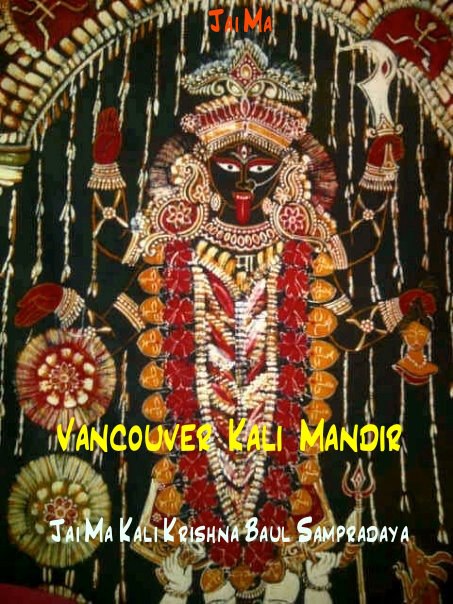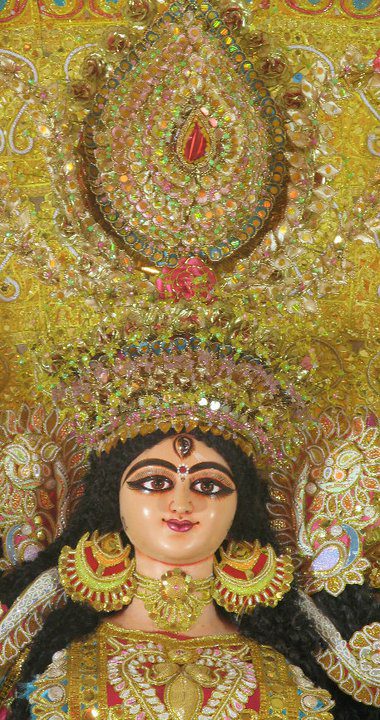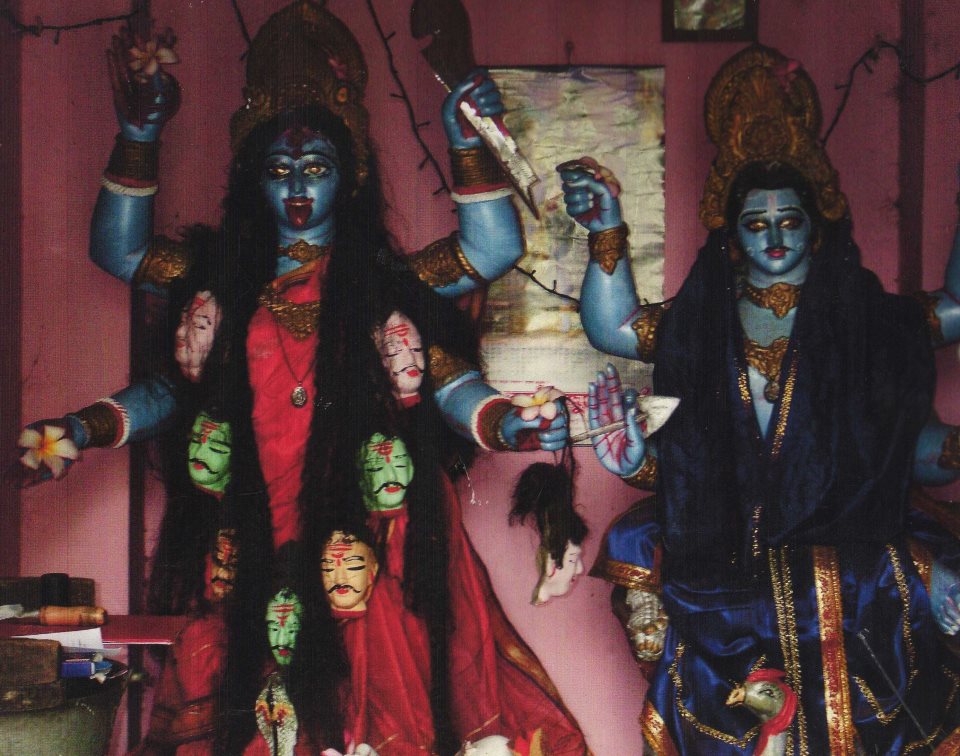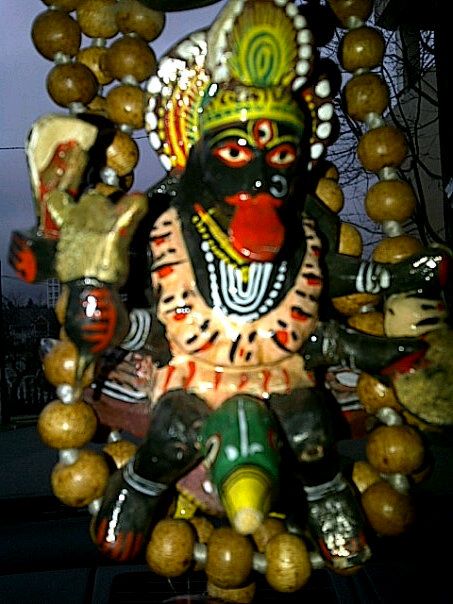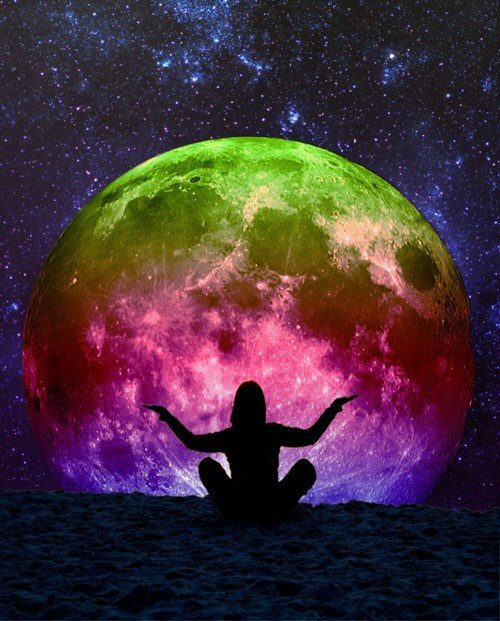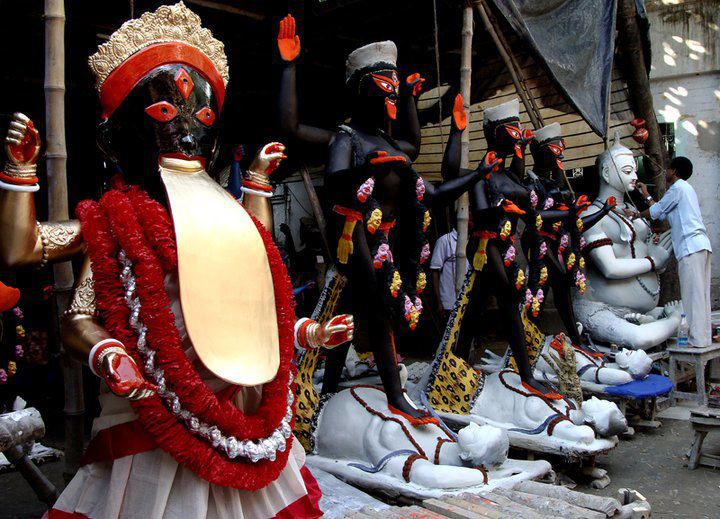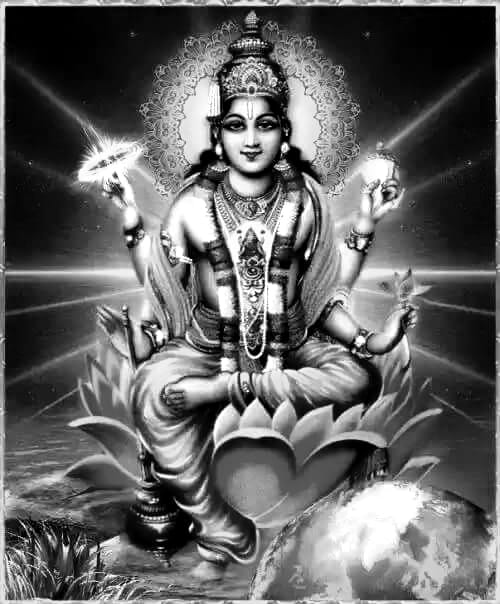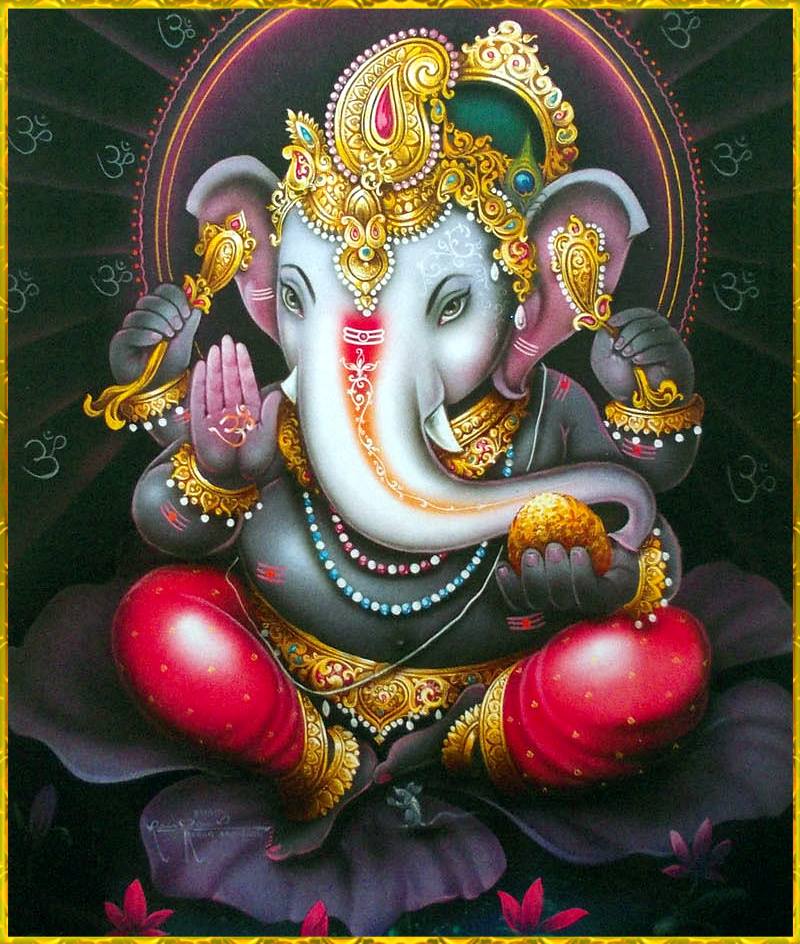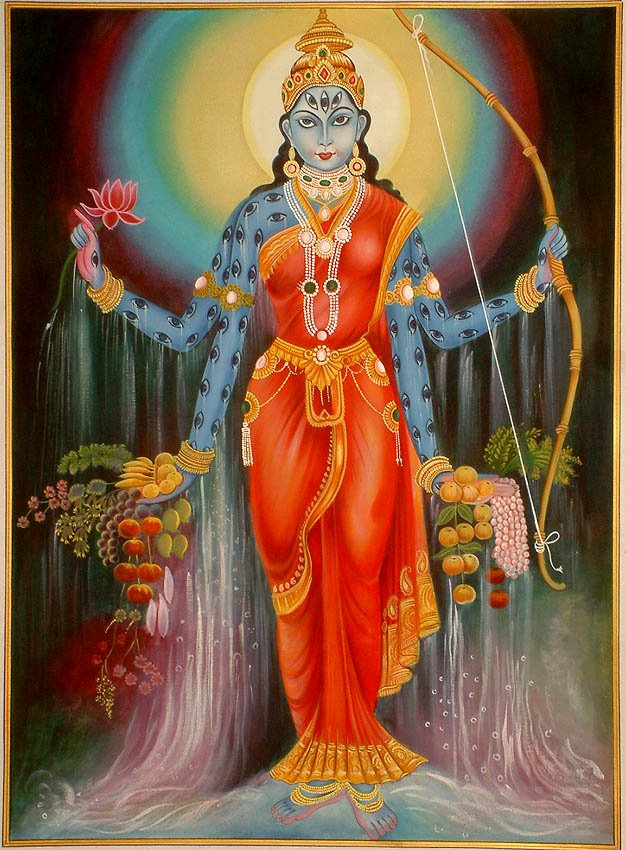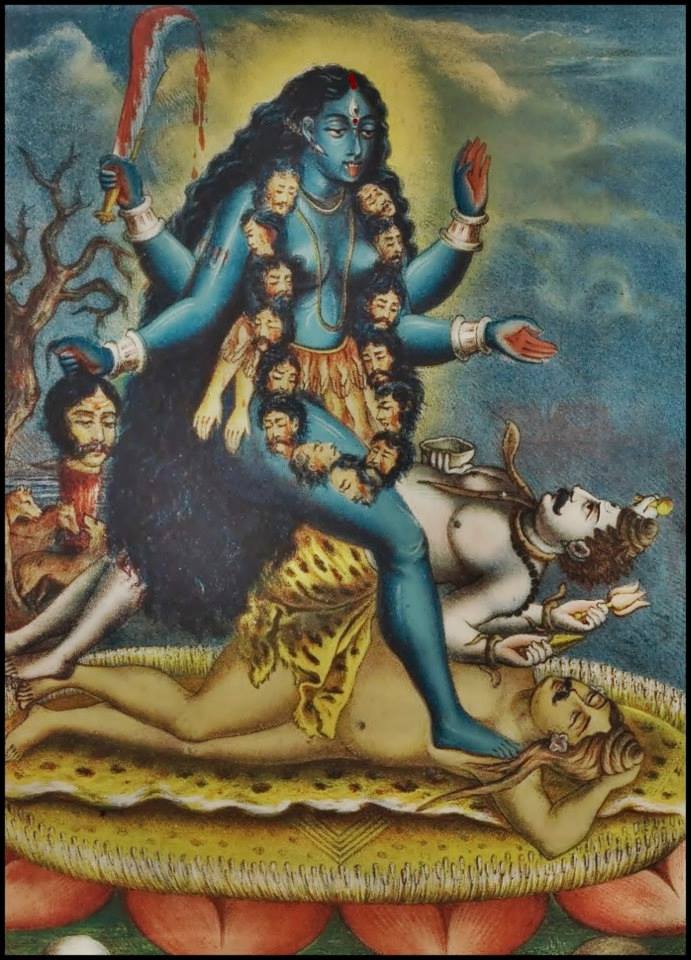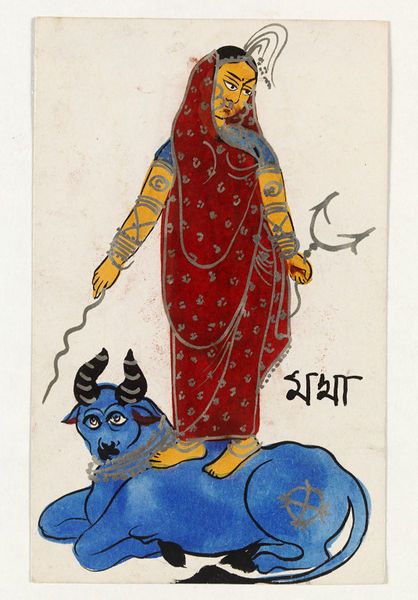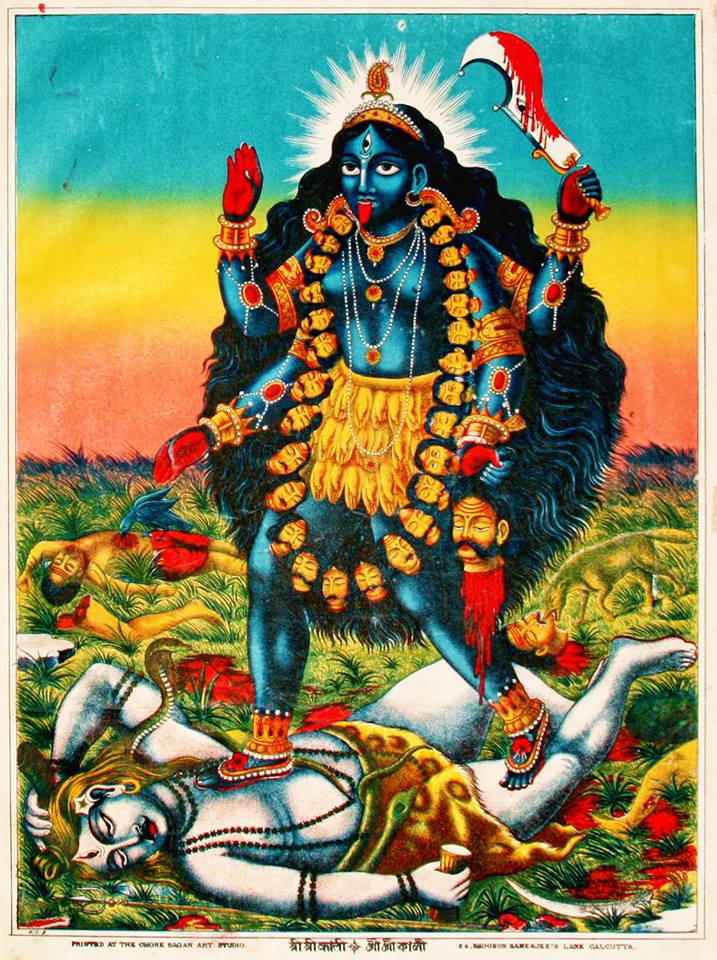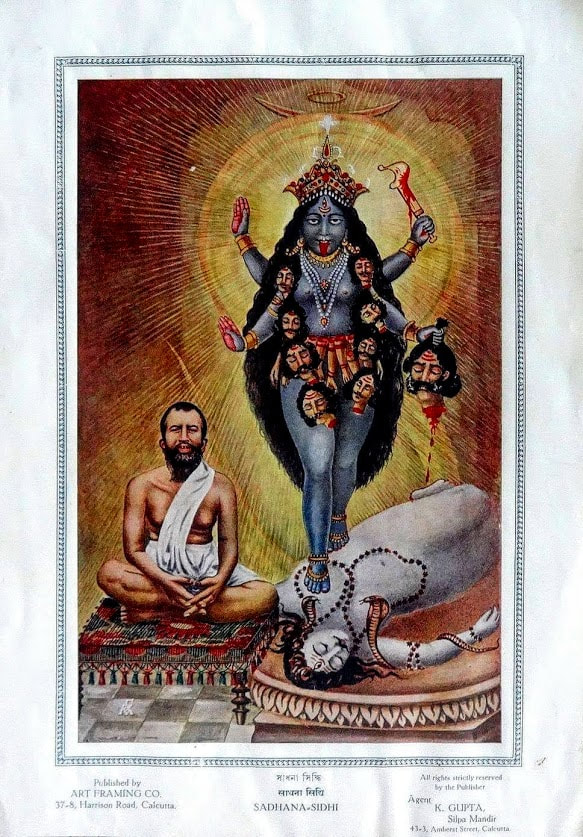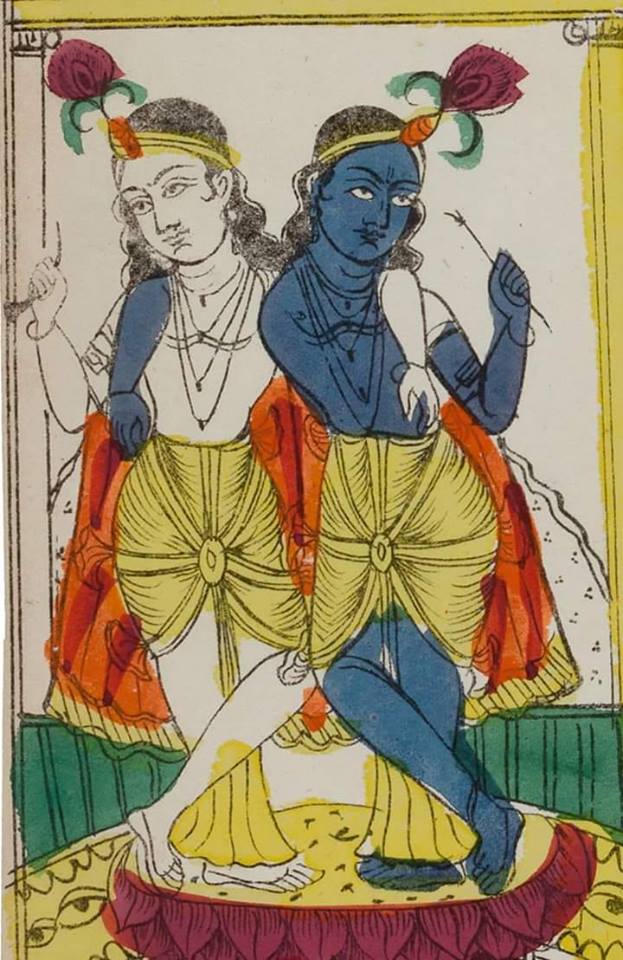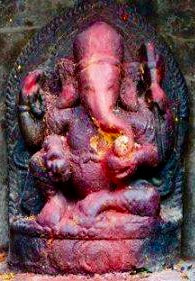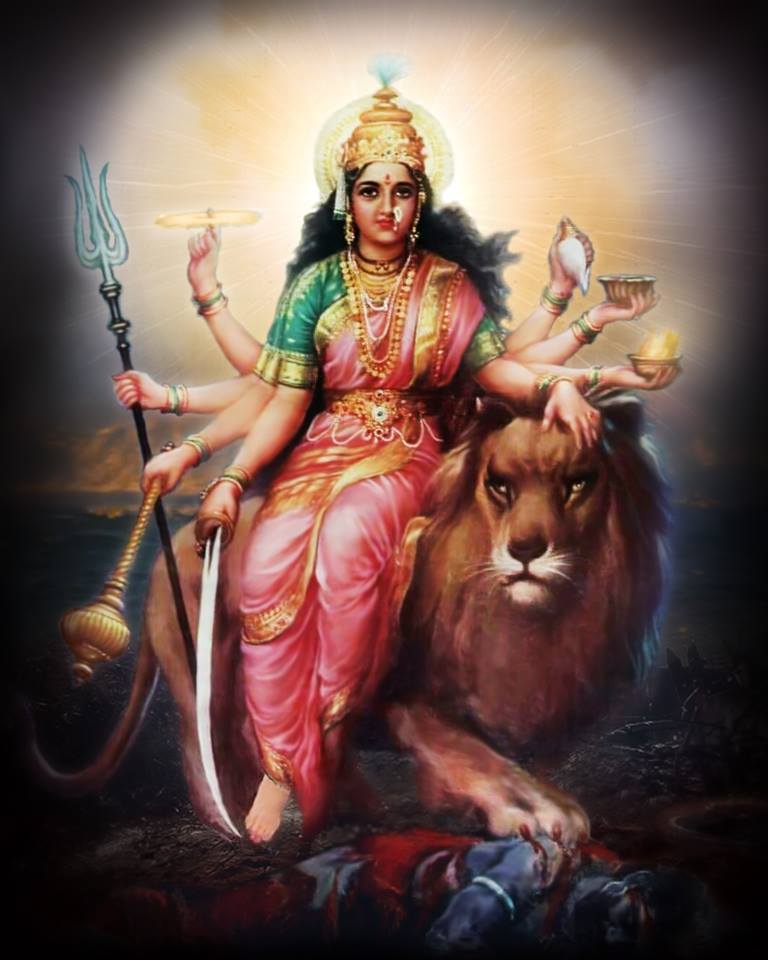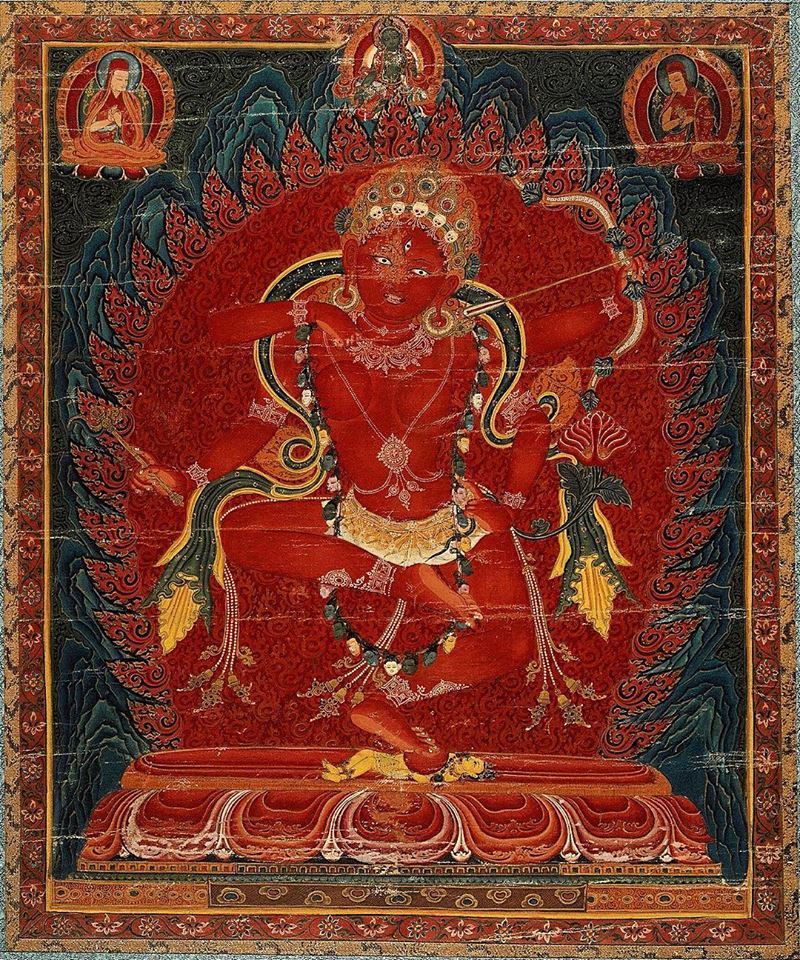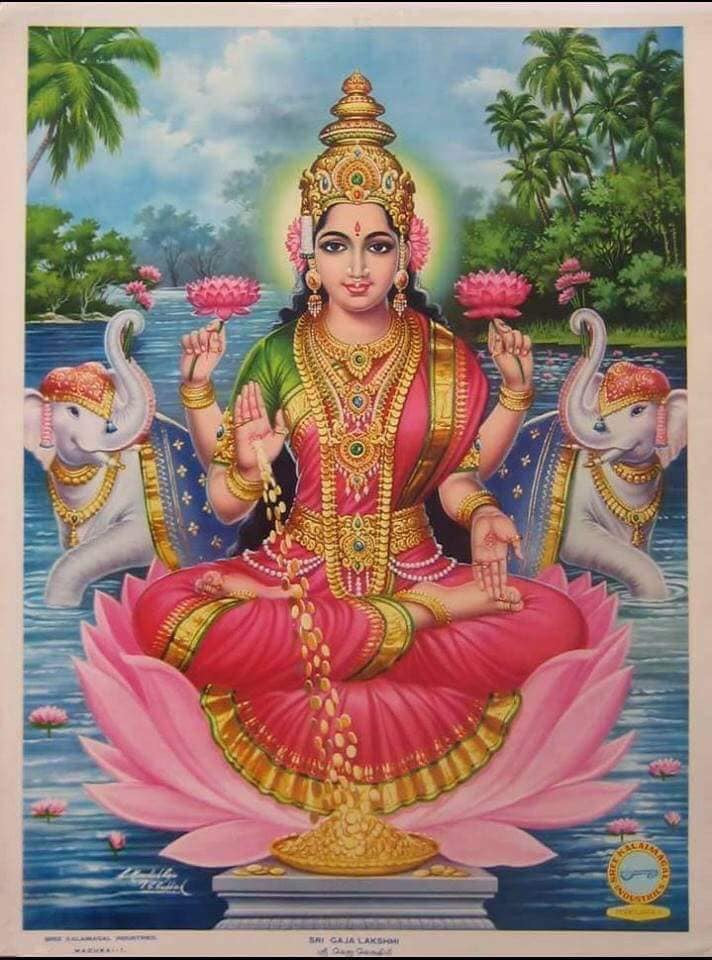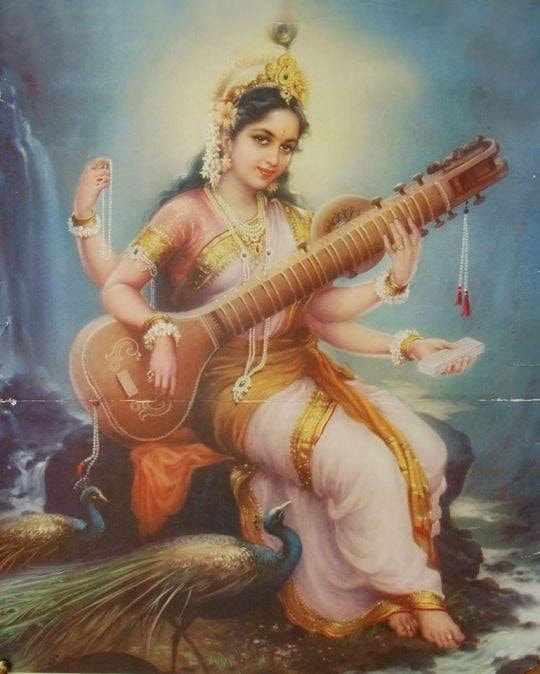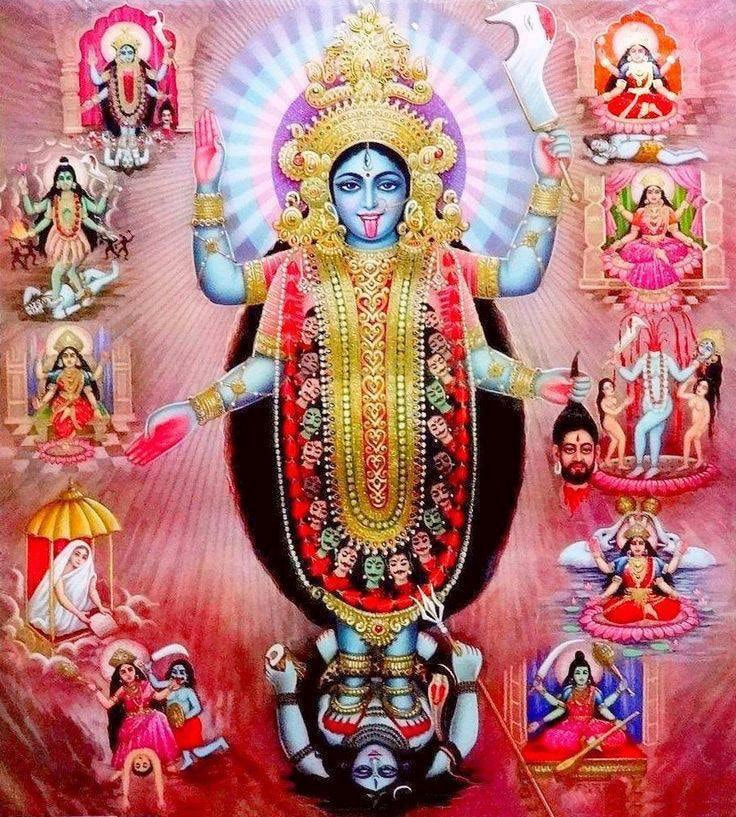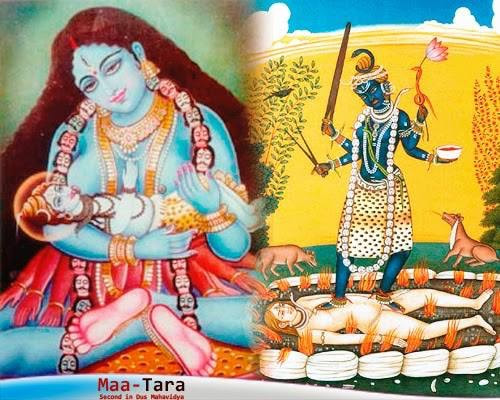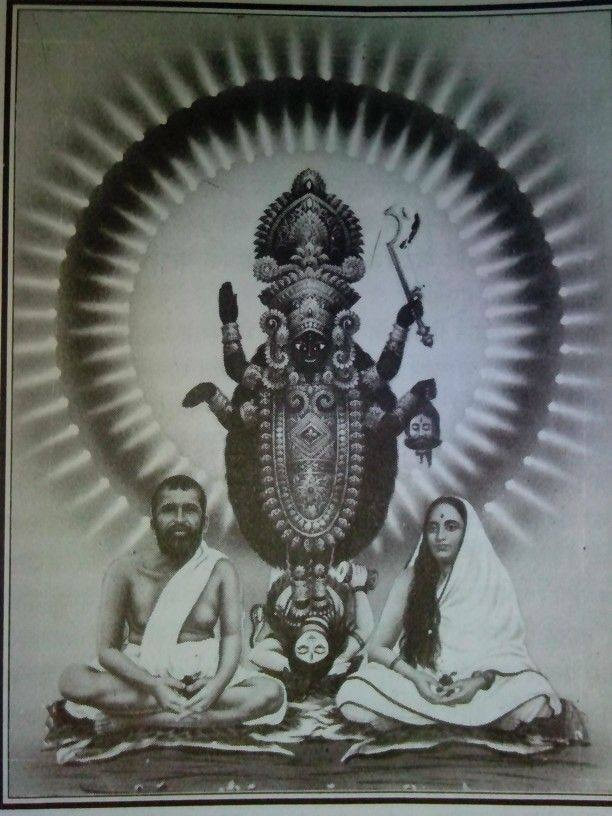Chapter On Dancing
Translated By K Kunjunni Raja and Radha Burnier
Published by The Adyar Library and Research Center, Madras - 1976
Read book online:
http://bit.ly/2rdoIEk
Download pdf book:
http://bit.ly/33m6lez
The Sangita-Ratnakara, literally "Ocean of Music and Dance", is one of the most important Sanskrit musicological texts from India. Composed by Śārṅgadeva in the 13th century, both Hindustani music and Carnatic music traditions of Indian classical music regard it as a definitive text. The author was a part of the court of King Singhana II (1210–1247) of the Yādava dynasty whose capital was Devagiri, Maharashtra.
The text is divided into seven chapters. The first six chapters, Svaragatadhyaya, Ragavivekadhyaya, Prakirnakadhyaya, Prabandhadhyaya, Taladhyaya and Vadyadhyaya deal with the various aspects of music and musical instruments, while the last chapter Nartanadhyaya deals with dance. The medieval era text is one of the most complete historical Indian treatises on the structure, technique, and reasoning on music theory that has survived into the modern era, and is a comprehensive voluminous text on ragas (chapter 2) and talas (chapter 5).
The text is comprehensive synthesis of ancient and medieval musical knowledge of India. The text has been frequently quoted by later Indian musicologists in their music and dance-related literature. Significant commentaries on the text include the Sangitasudhakara of Simhabhupala (c. 1330) and the Kalanidhi of Kallinatha (c. 1430).
Author
Sangita Ratnakara was written by Sarangadeva, also spelled Sarngadeva or Sharangadeva. Sarangadeva was born in a Brahmin family of Kashmir. In the era of Islamic invasion of the northwest regions of the Indian subcontinent and the start of Delhi Sultanate, his family migrated south and settled in the Hindu kingdom in the Deccan region near Ellora Caves (Maharashtra). Sarangadeva worked as an accountant with freedom to pursue his music interests in the court of King Singhana II (1210–1247) of the Yadava dynasty.
Content
The text is a Sanskrit treatise on Sangita or music-related performance arts tradition.Sangita is stated by the text as a composite performance art consisting of Gita (melodic forms, song), Vadya (instrumental music) and Nrtta (dance, movement).
The 13th-century Sangita Ratnakara classifies Sangita into two kinds: Marga-sangita and Desi-sangīita. Marga refers to the classical techniques taught by Bharata in Natya Shastra. Desi Sangita refers to regional improvisations that may not follow the classical rules and structure for the music and performance arts.
The text has seven chapters:
Svaragatādhyāya (sound system)
Rāgavivekādhyāya (raga)
Prakīrņakādhyāya (performing practice)
Prabandhādhyāya (compositions, poetic meter)
Tālādhyāya (tala)
Vādyādhyāya (musical instruments)
Nartanādhyāya (dance)
The first chapter has eight sections. It opens with reverential verses to the Hindu god Shiva, who is called the "embodiment of sound, sung about by the entire world" and the one delighting according to the Vedas.The author pays homage to his ancestors, then to ancient scholars such as Bharata, Matanga, Dattila and Narada, as well as major gods and goddesses of Hinduism in first section of the first chapter. In the second section, there is hardly any mention of music or dance, rather Sarngadeva presents his metaphysical and physiological beliefs, as well as credits the origin of music to the Samaveda. He presents musical topics and definitions of musical concepts starting with section three of the first chapter, with frequent mentions of Shiva and the Hindu goddess Saraswati.
According to Sarngadeva's verses 27-30 of the section 1.1, song is everywhere, in the cry of a baby, in the beats of nature, in the pulse of life, in every human act of Dharma, Artha, Kama and Moksha. The sections 3 through 8 of the first chapter describe nada (sound), svara (tone), śruti (microinterval), gramas (primary scales), murcchanas (derivative scales), varna (color), jati (mode), alankara (embellishment), giti (singing styles), meters and other basic musical concepts.
The suddha (pristine) svaras are those in the Sama Veda, states the text.
- Wikipedia
Photo credit:
Swaminathan Natarajan Photography
Thanks to Rare Book Society
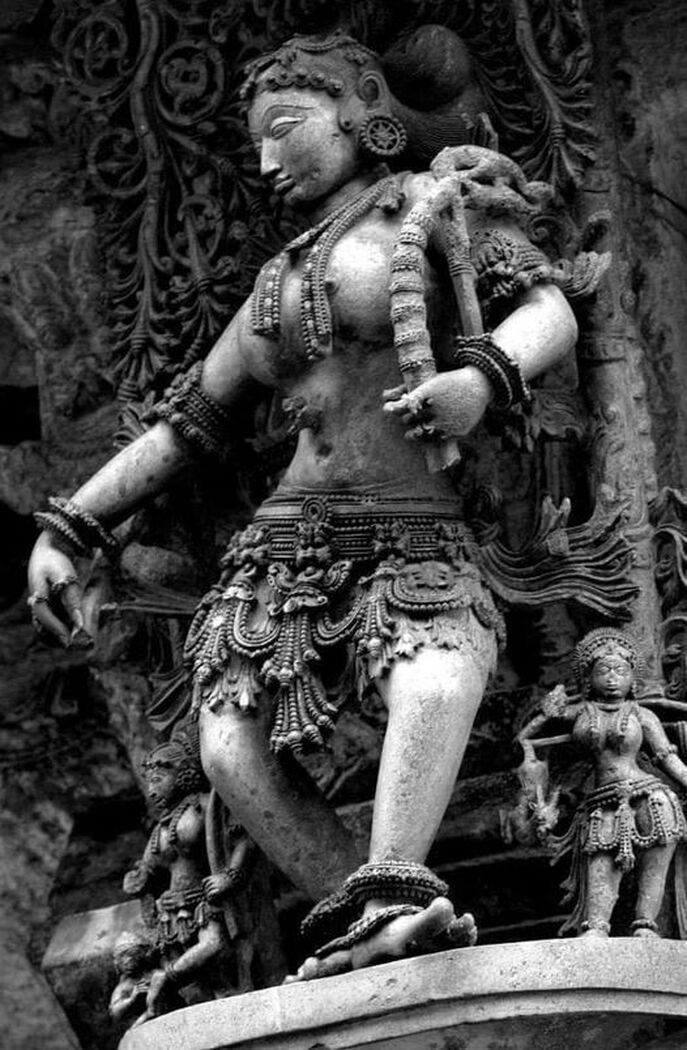
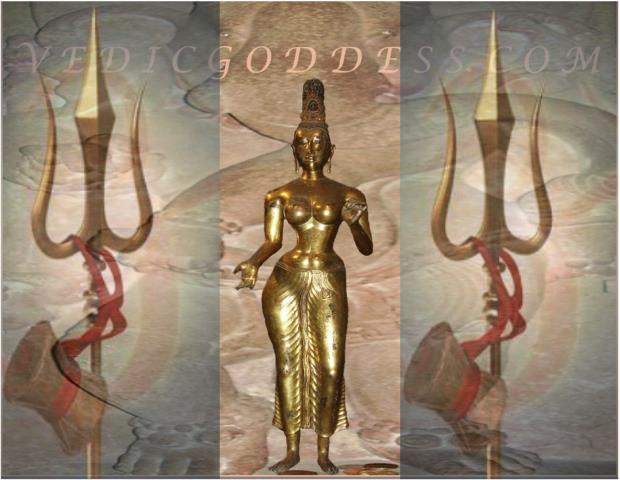
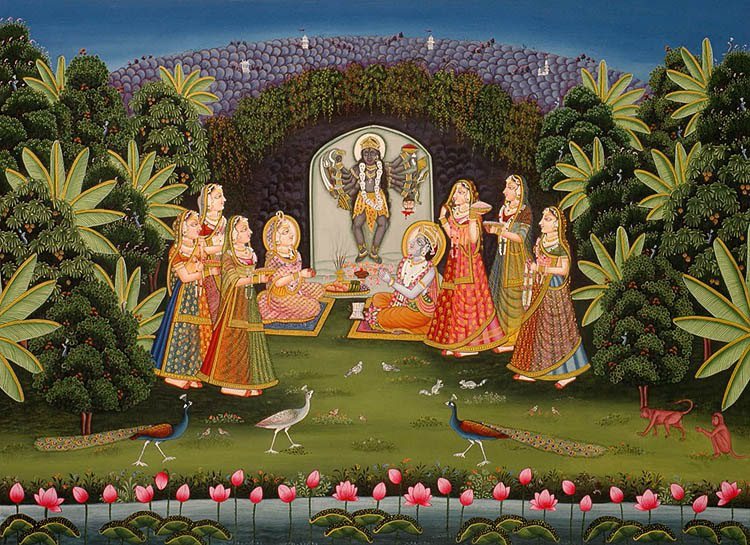

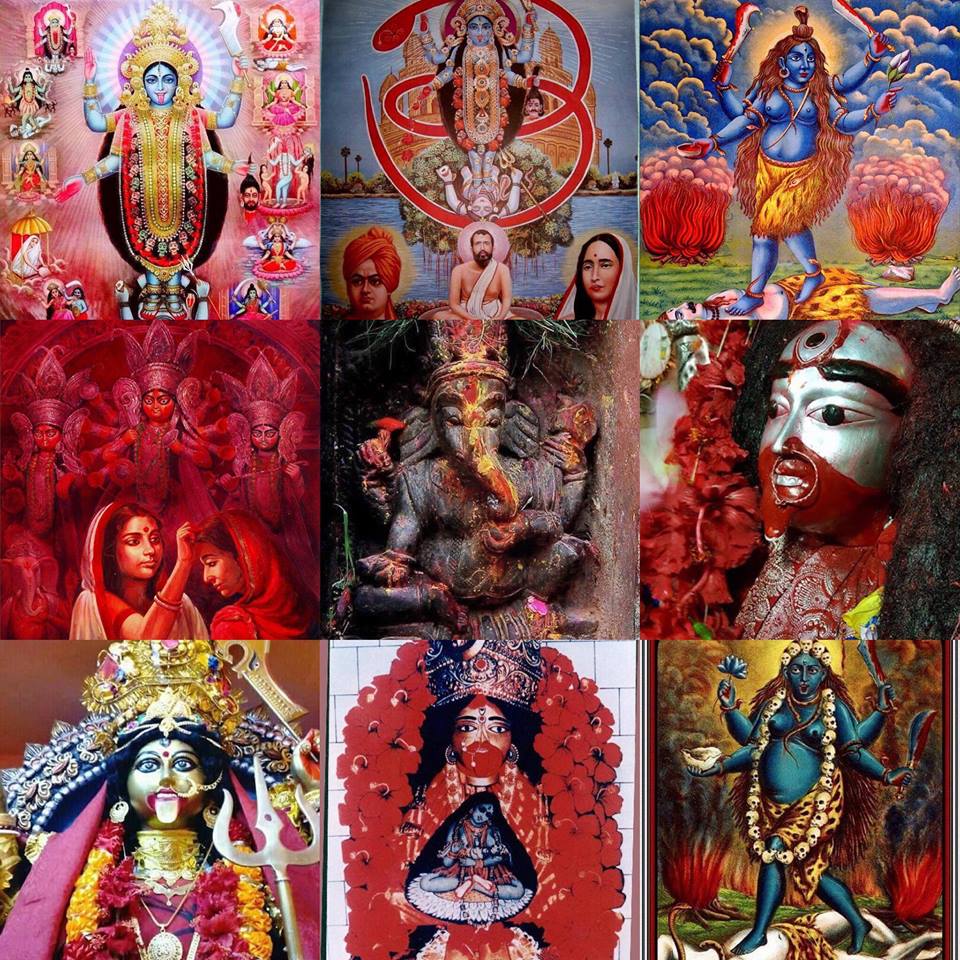
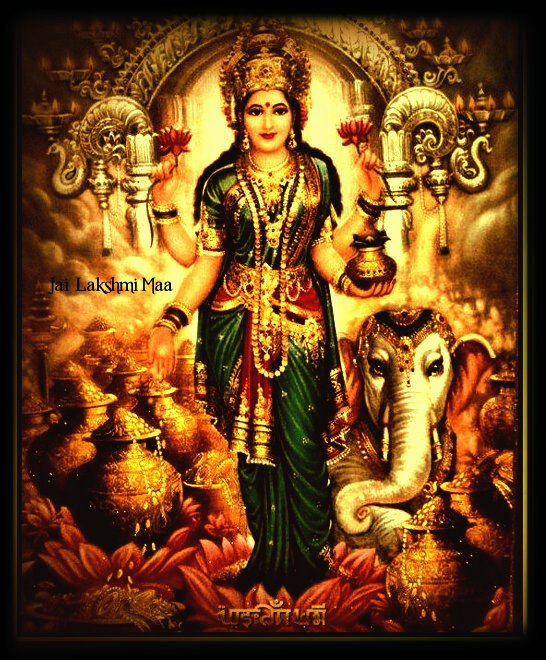
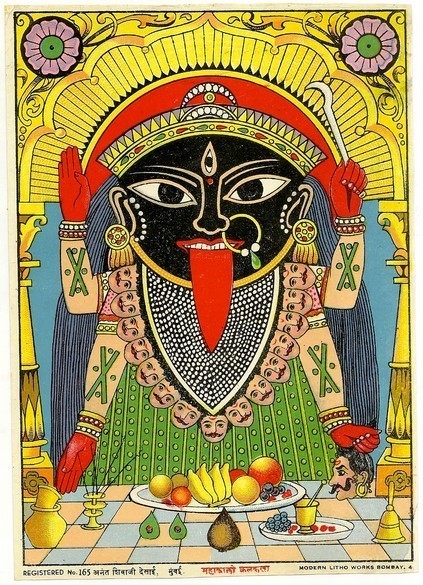
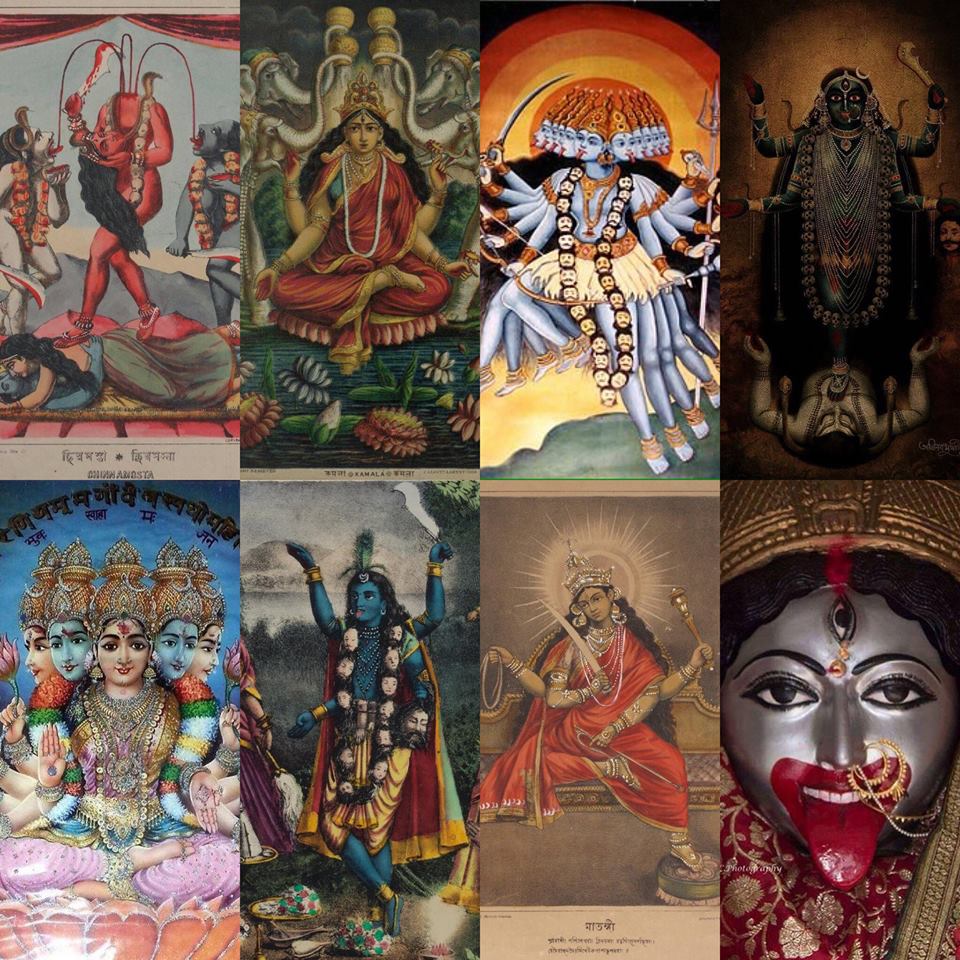
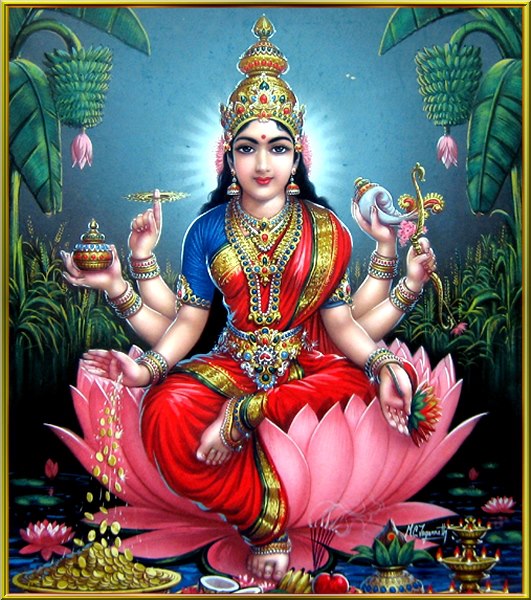
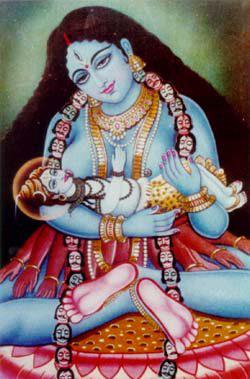
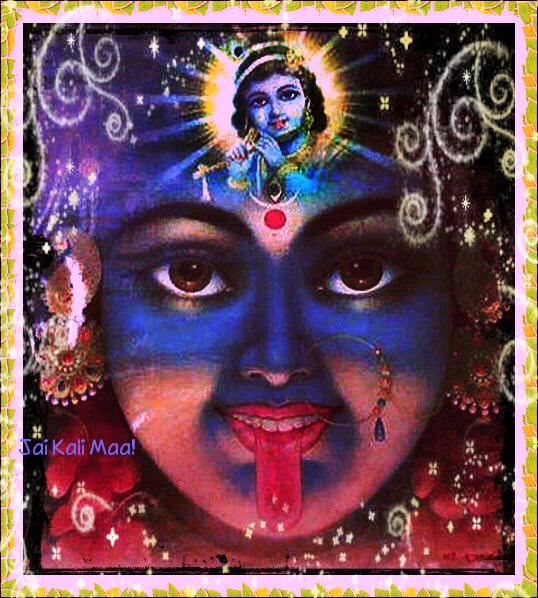
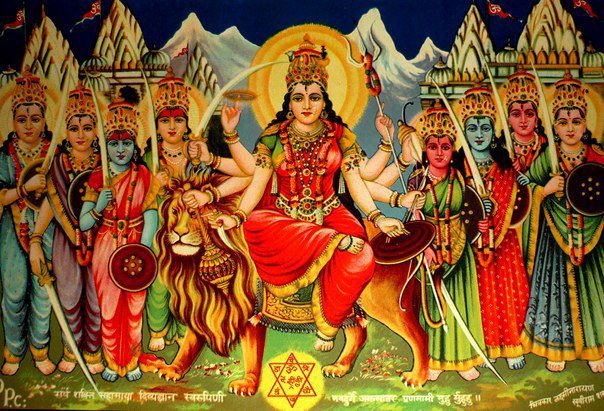
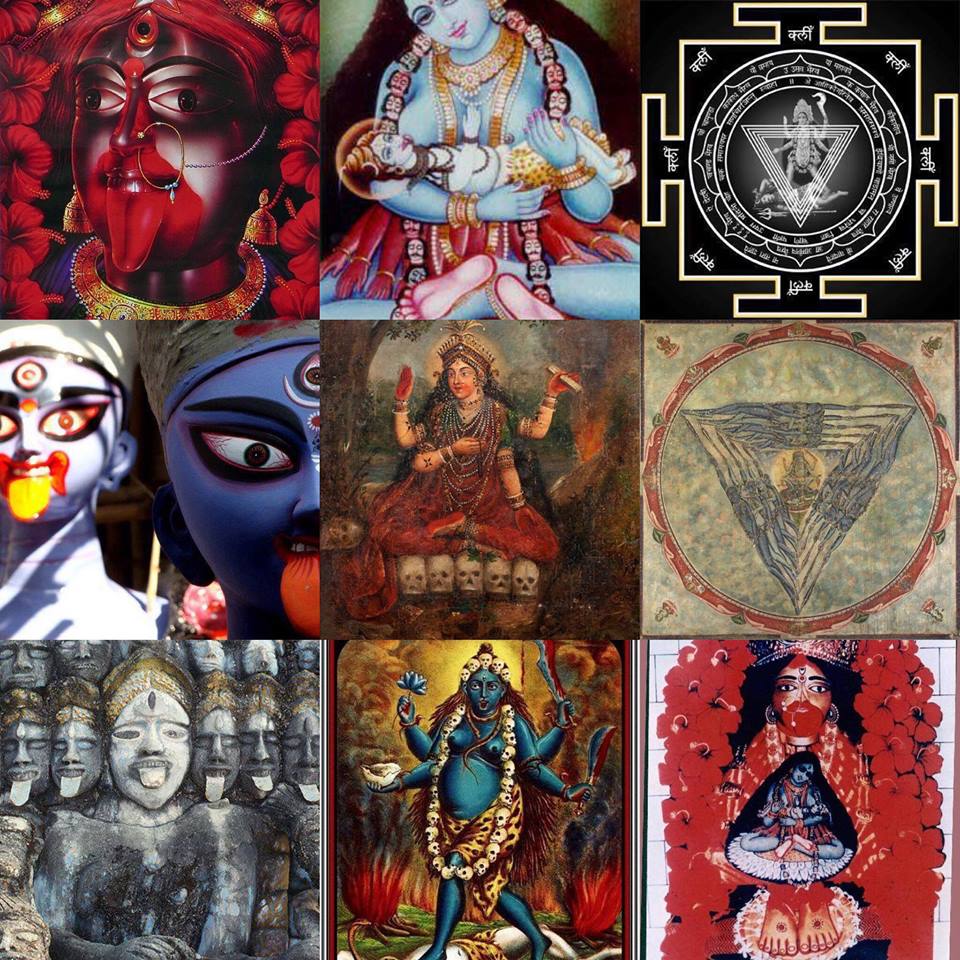
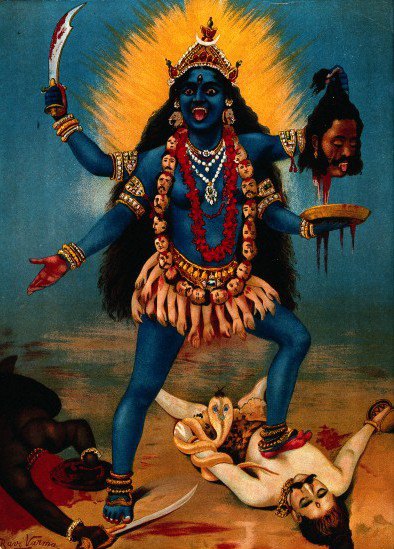
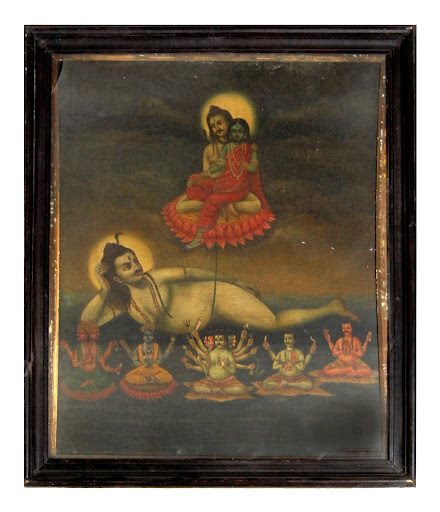
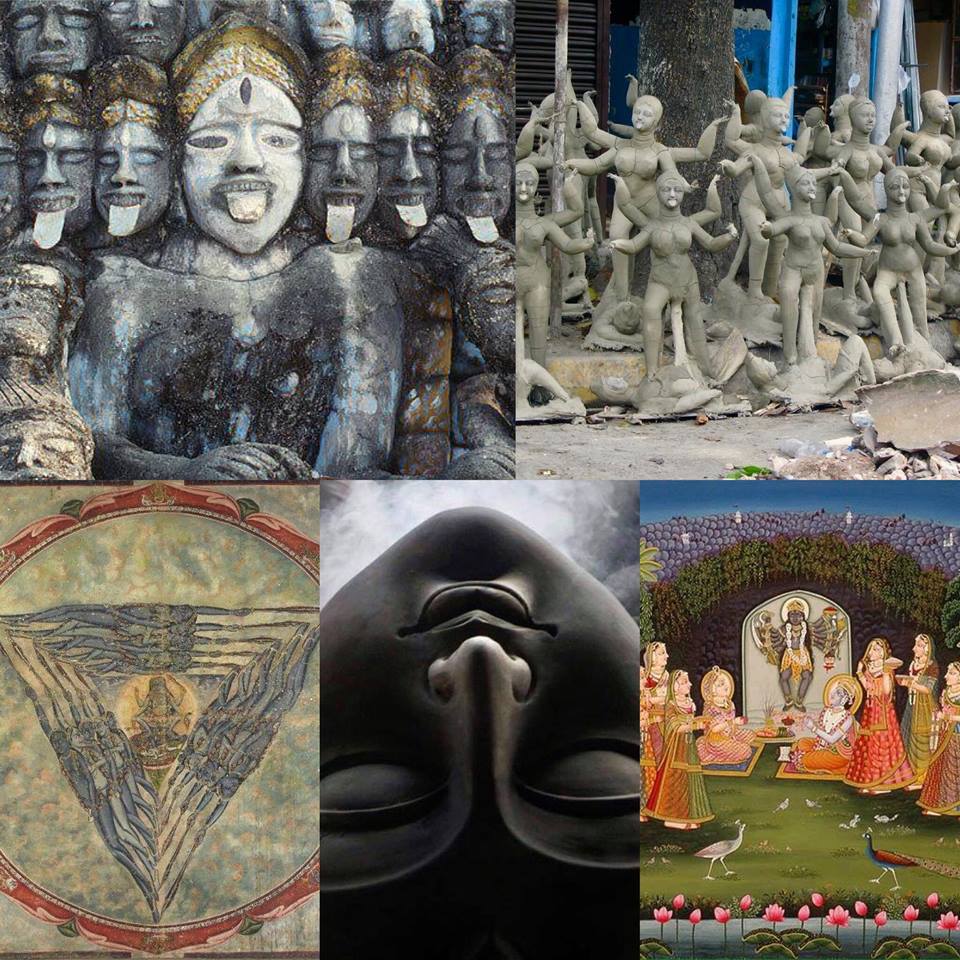
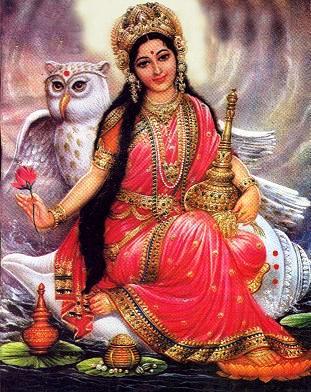
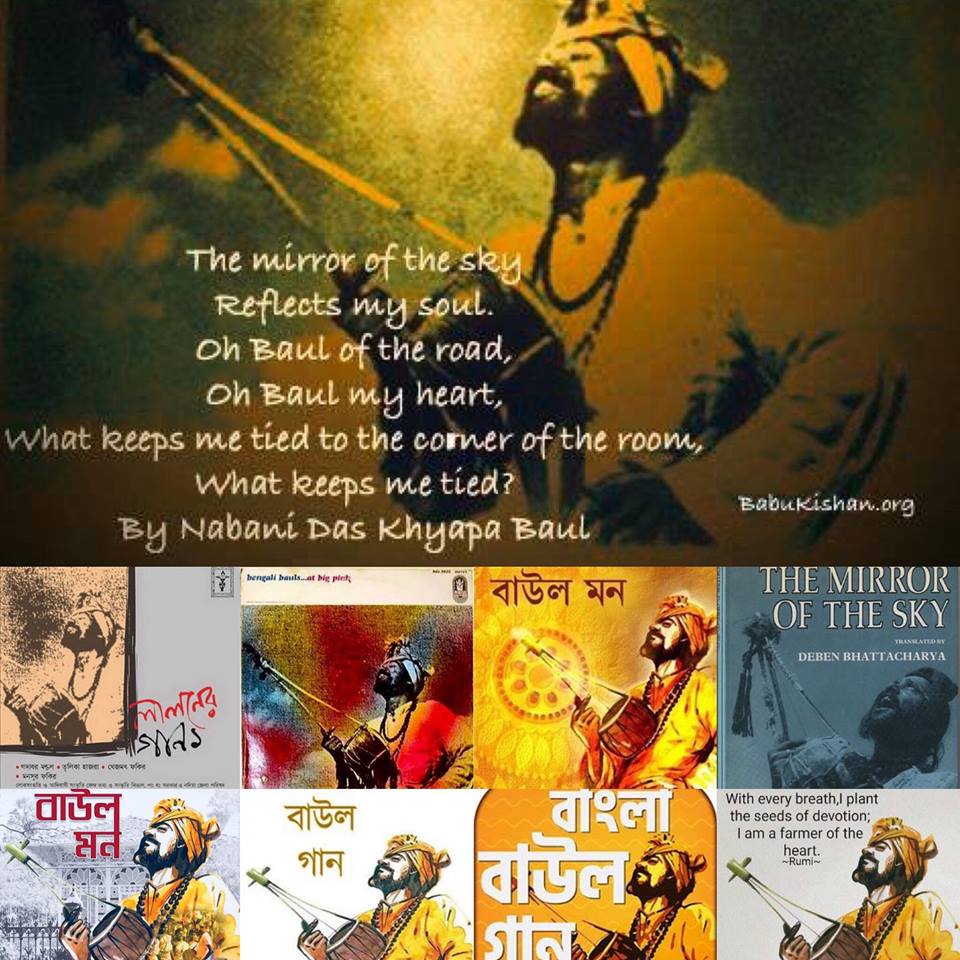
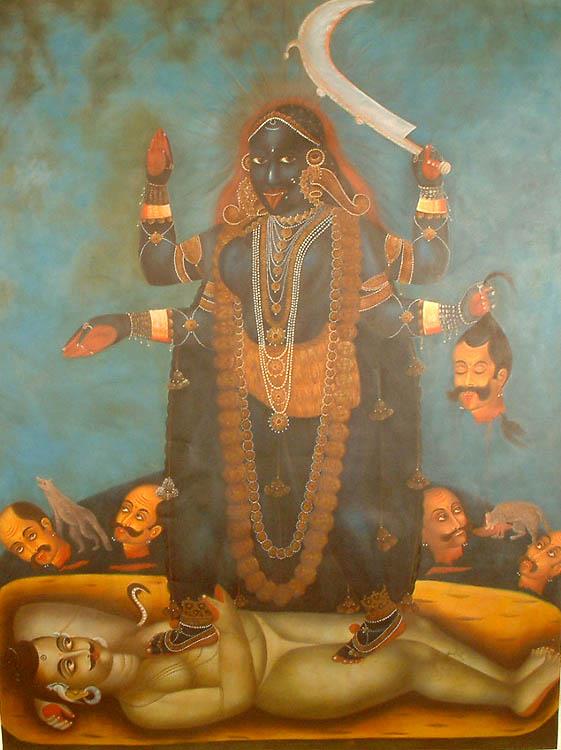
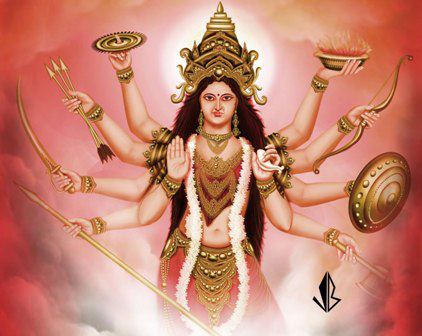
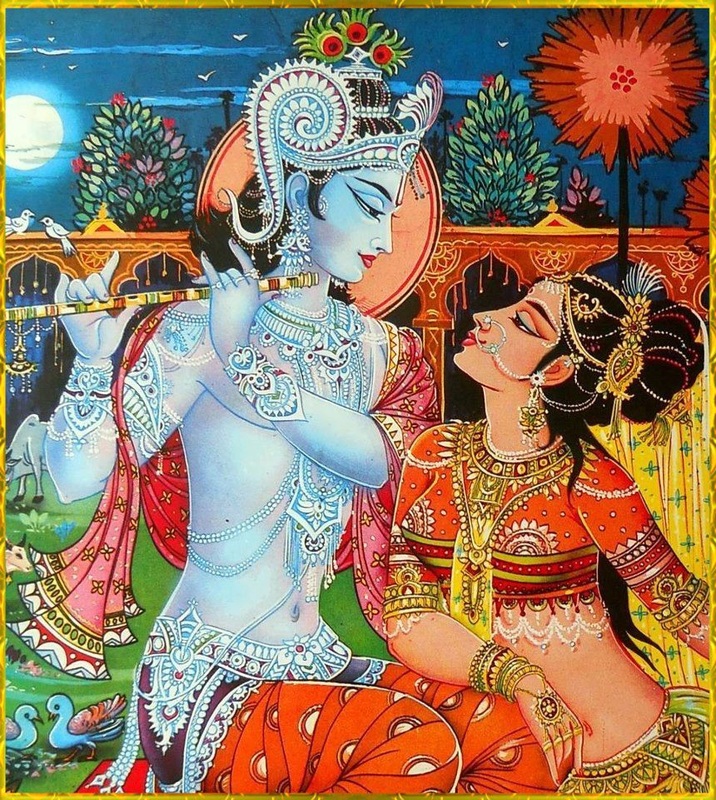
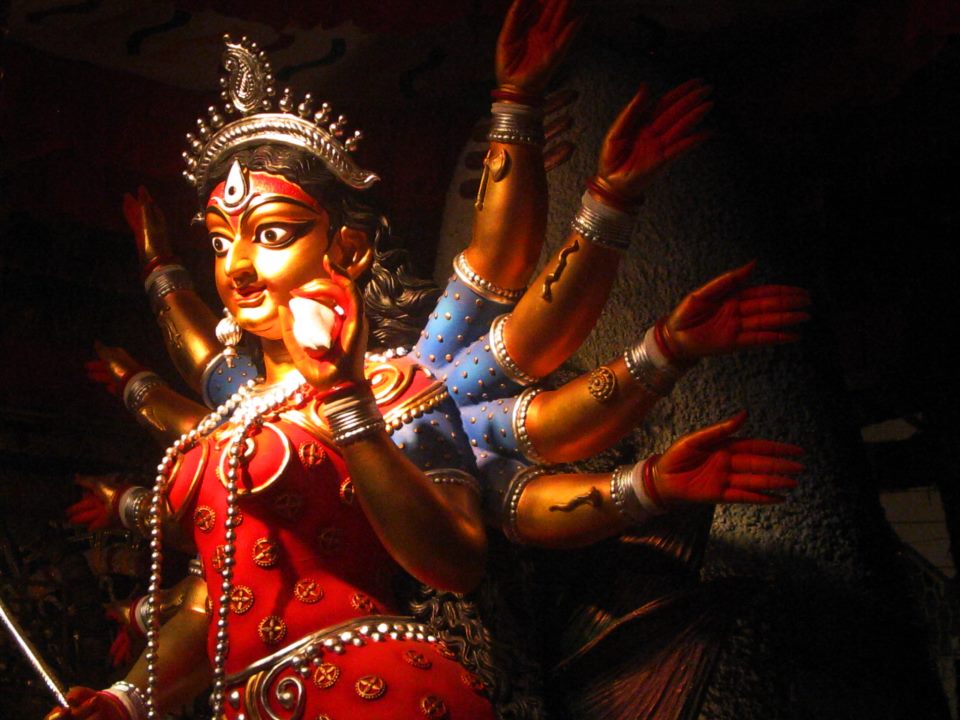
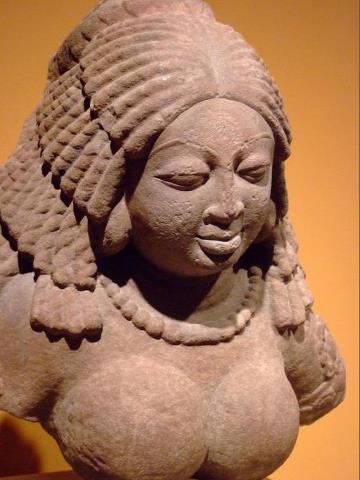
 RSS Feed
RSS Feed
